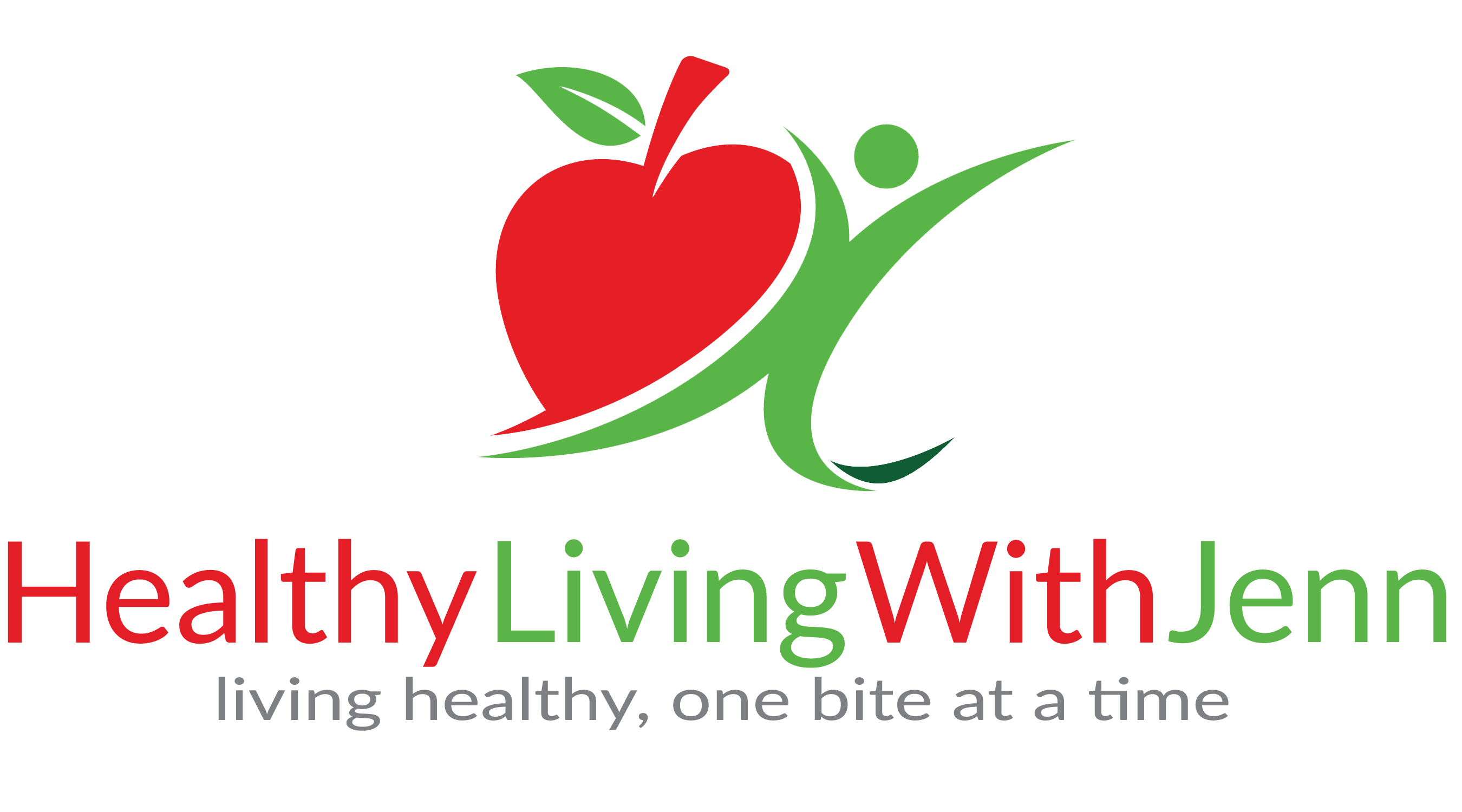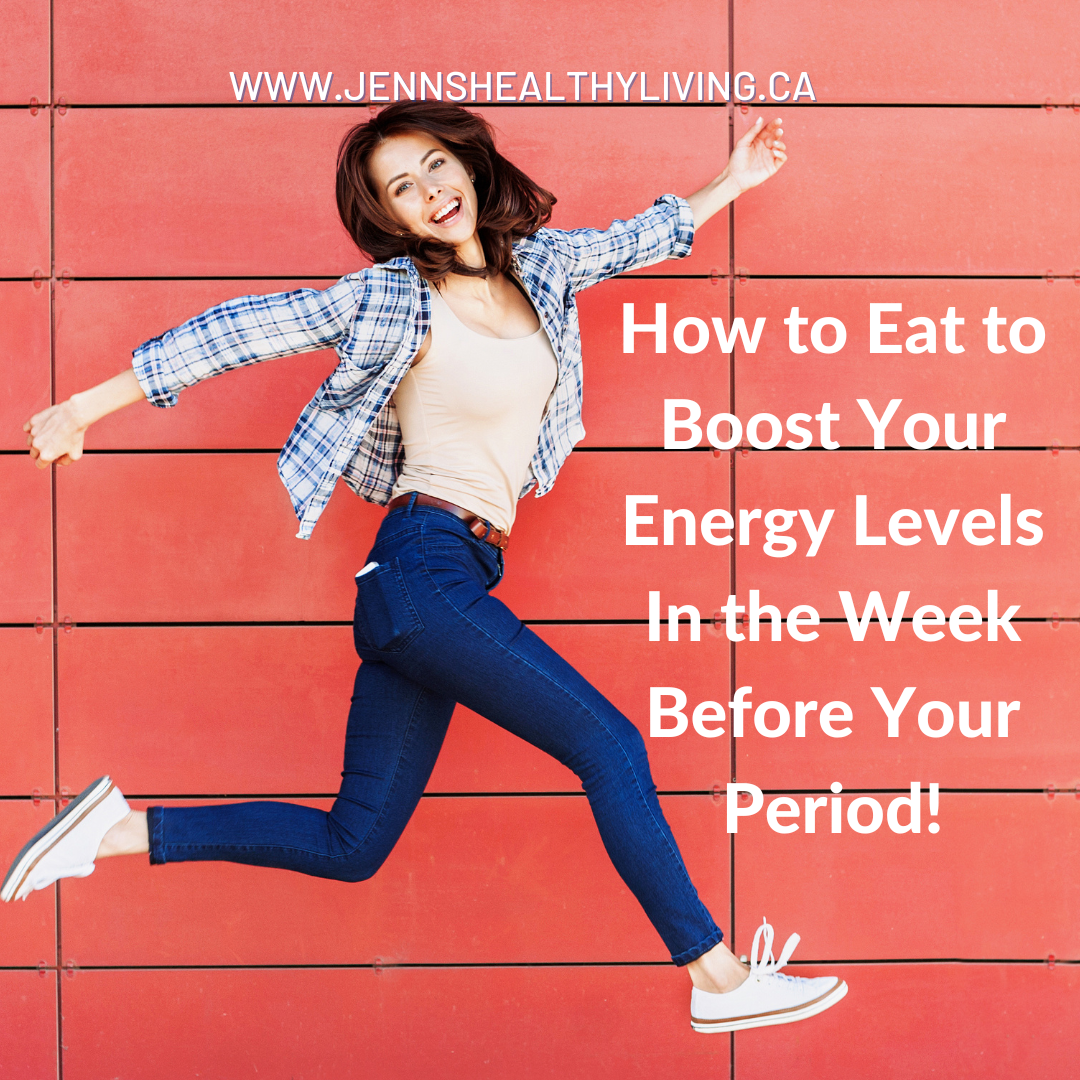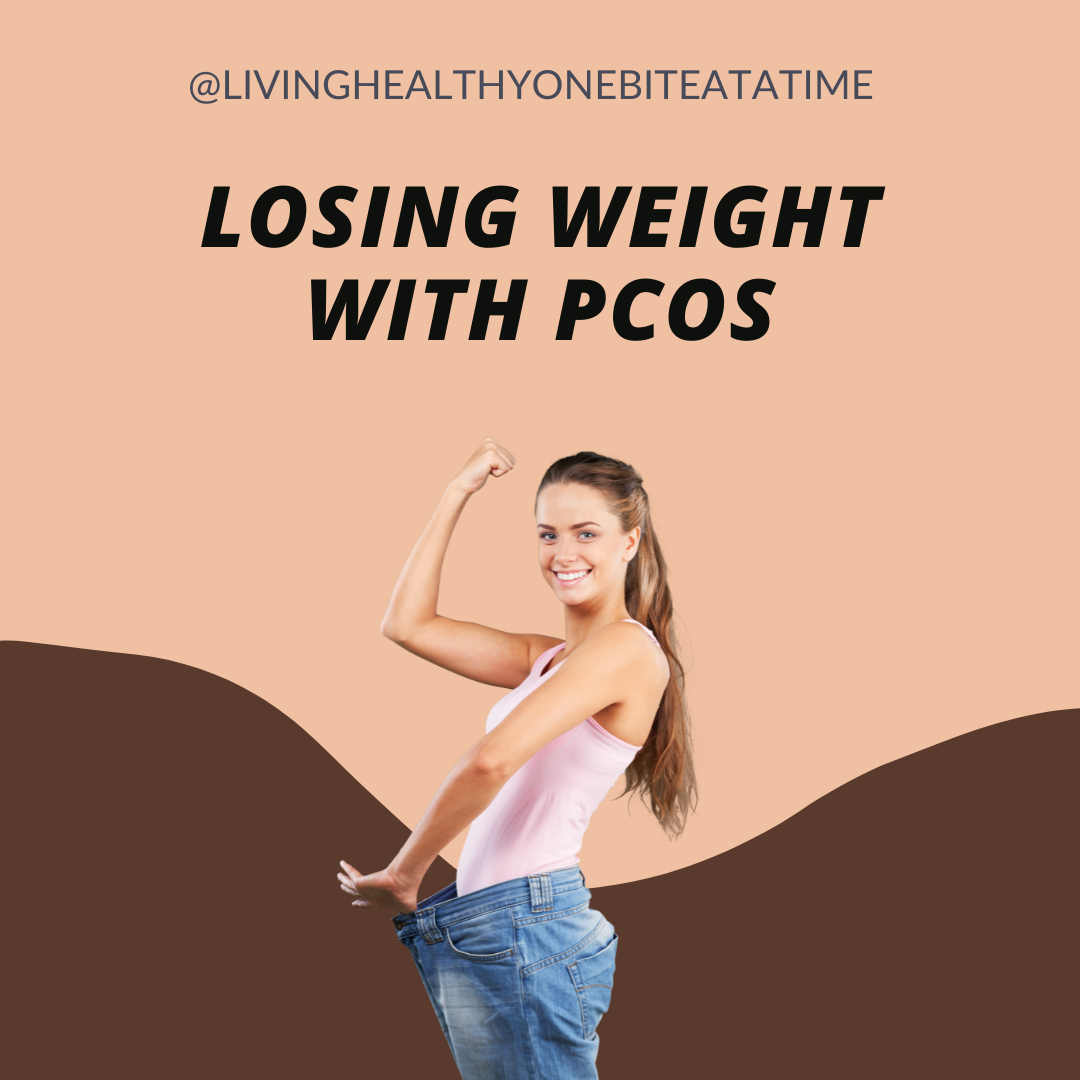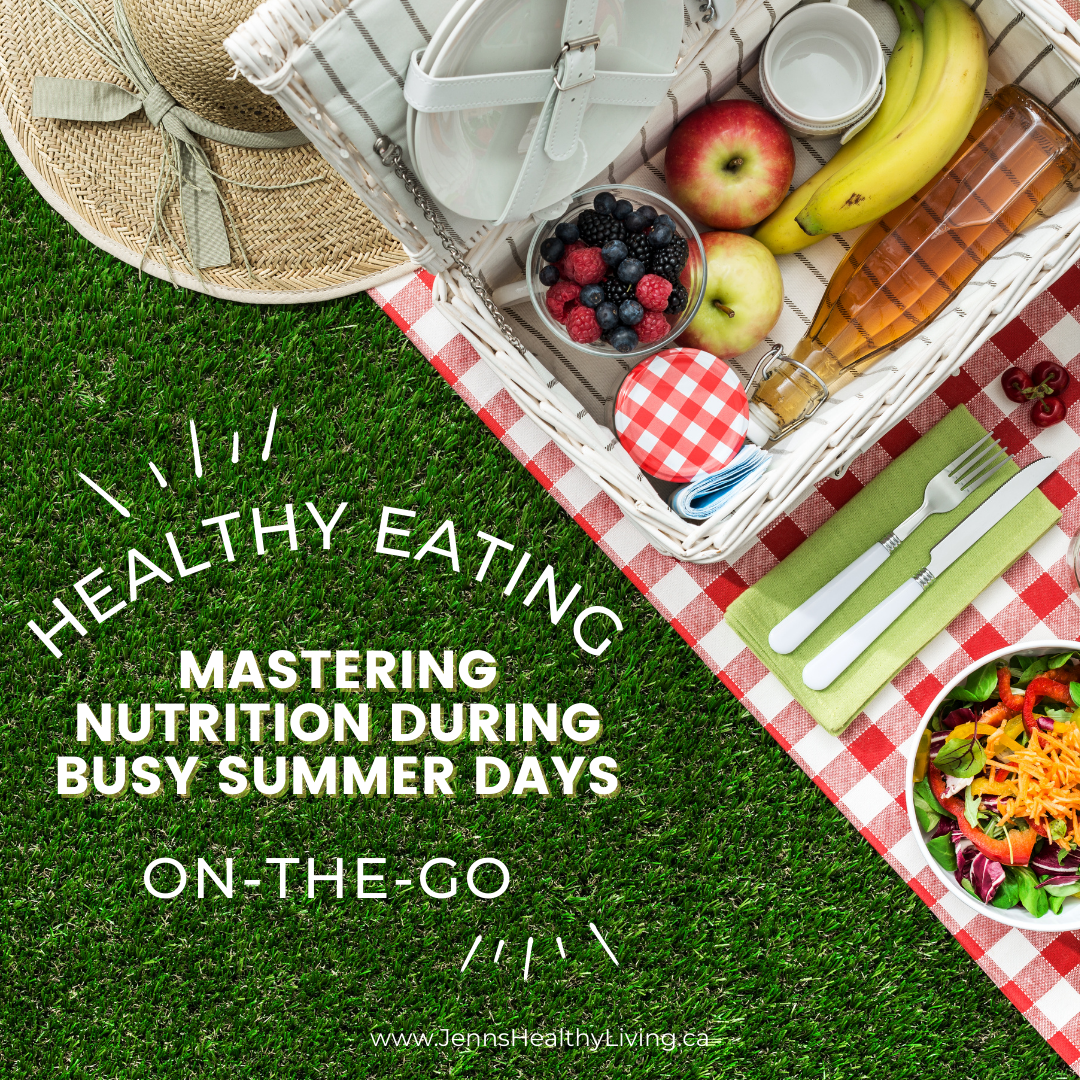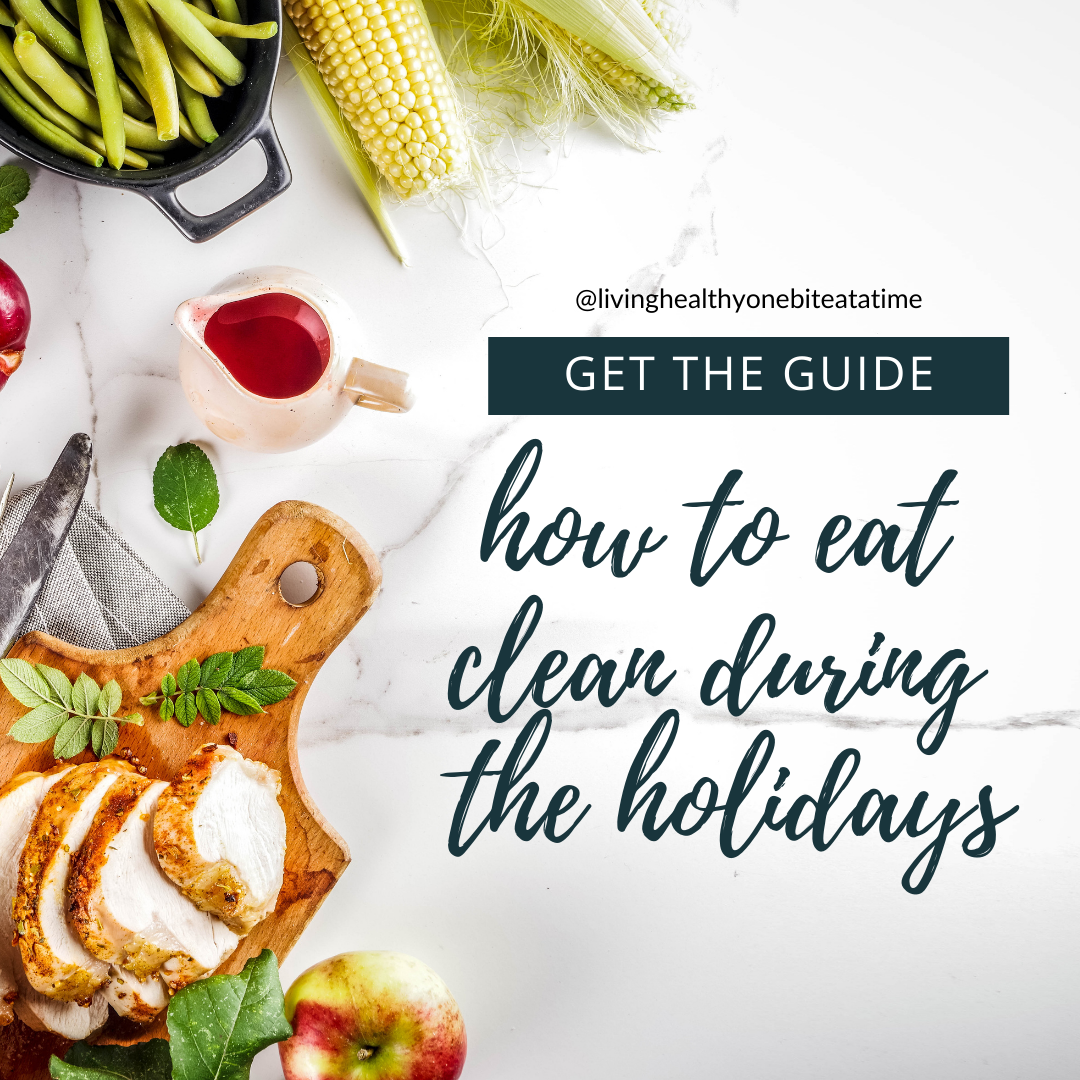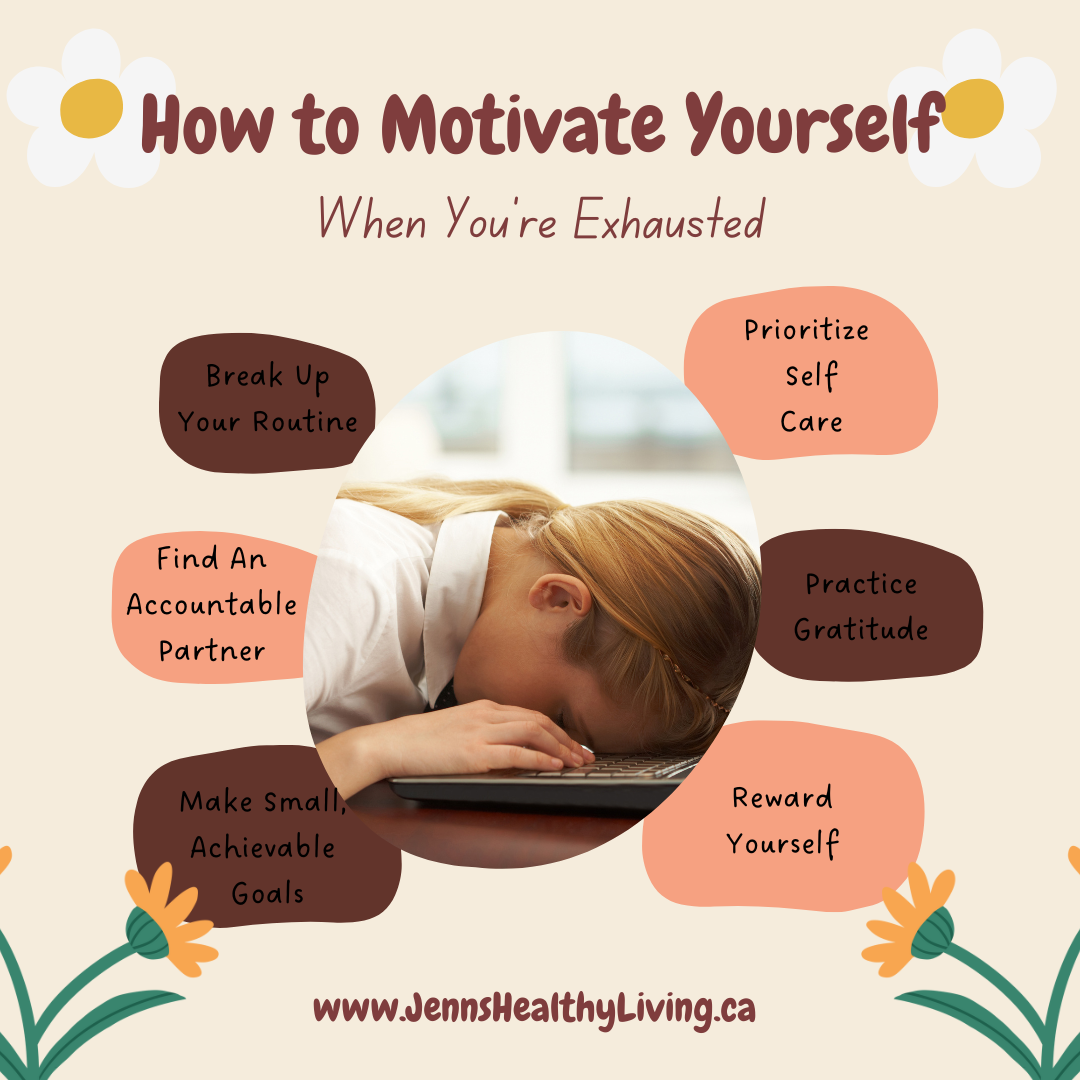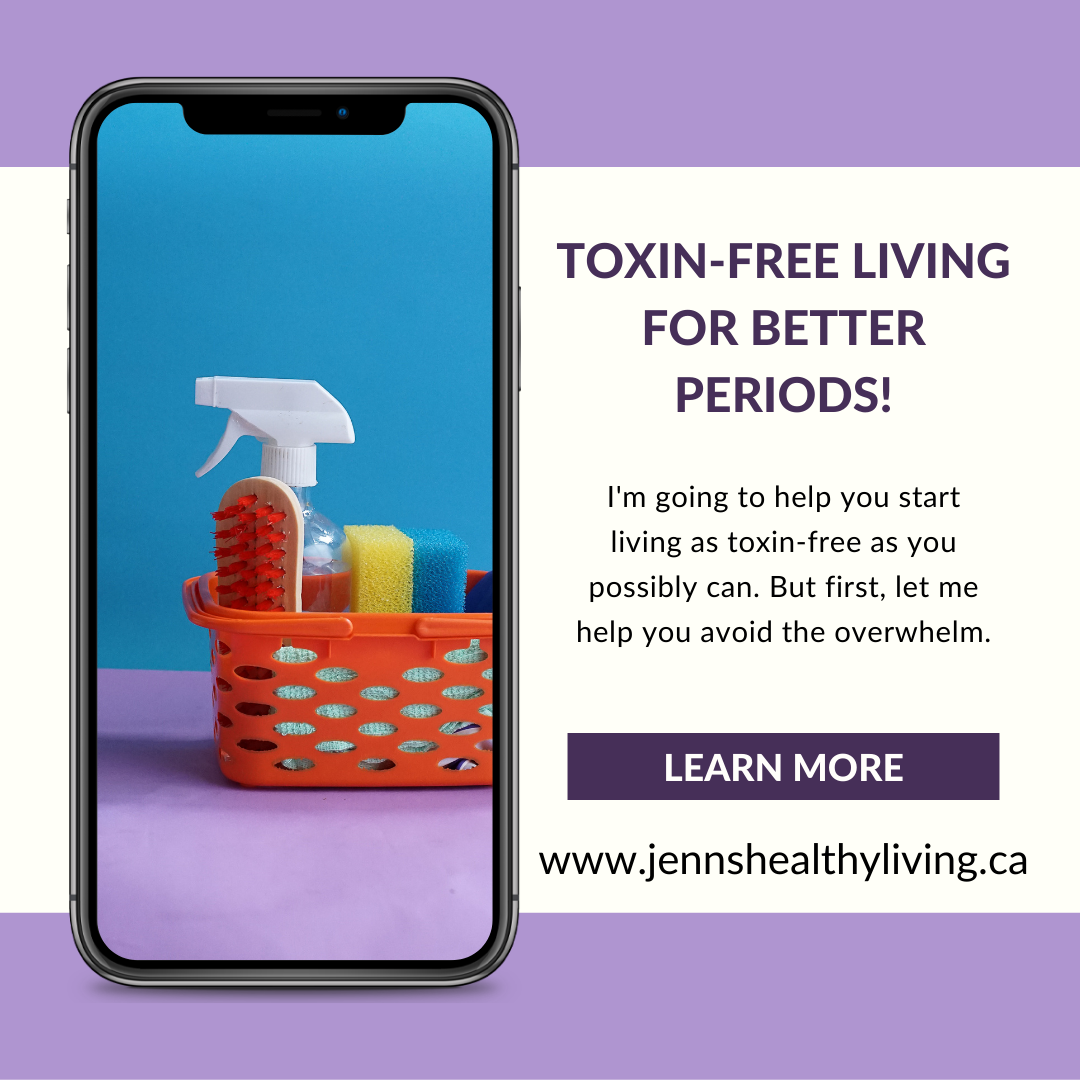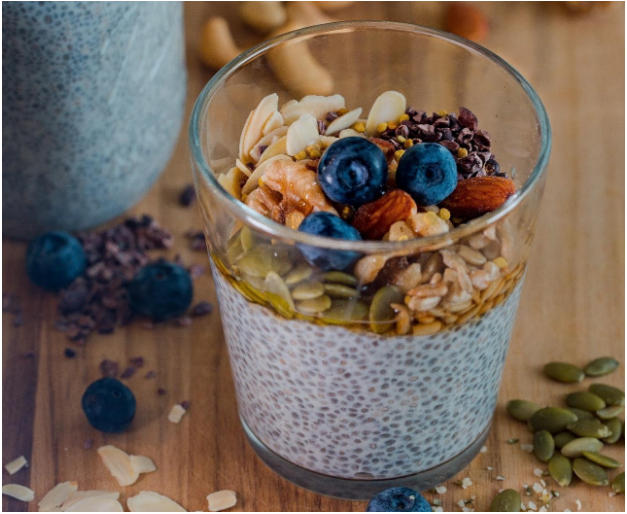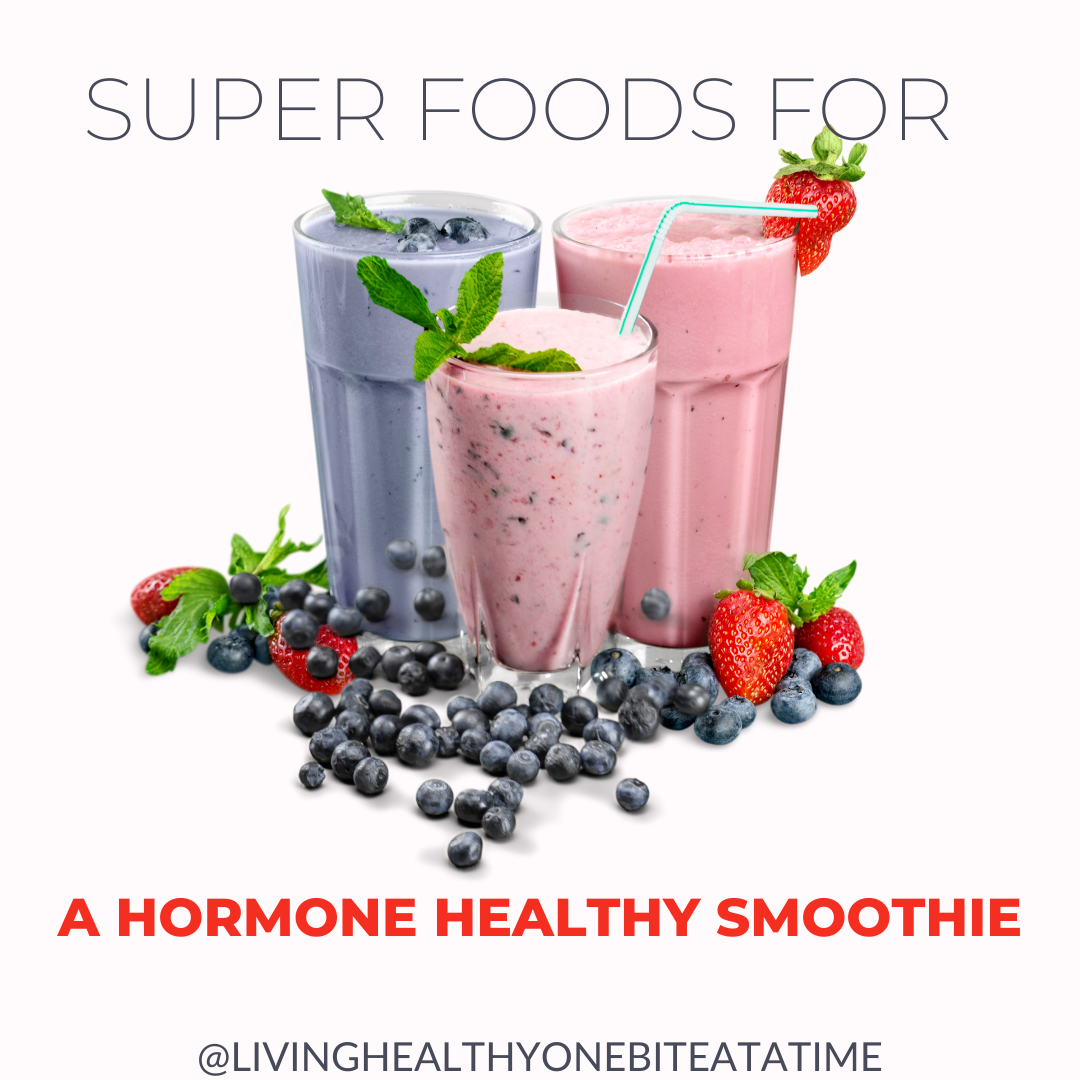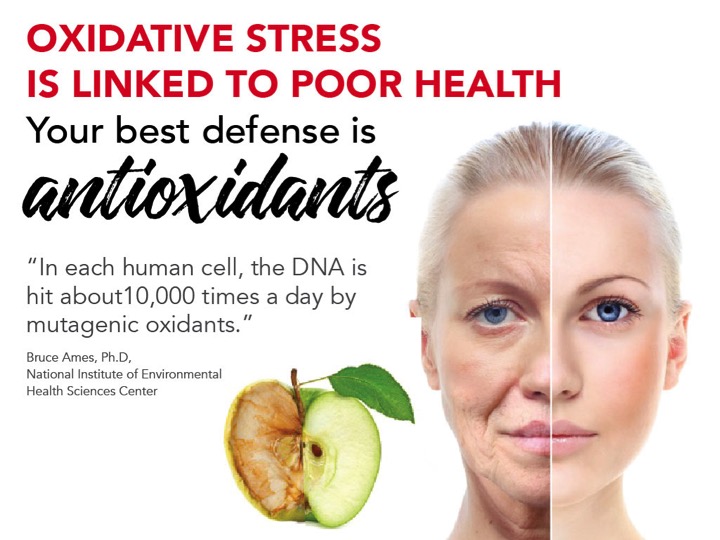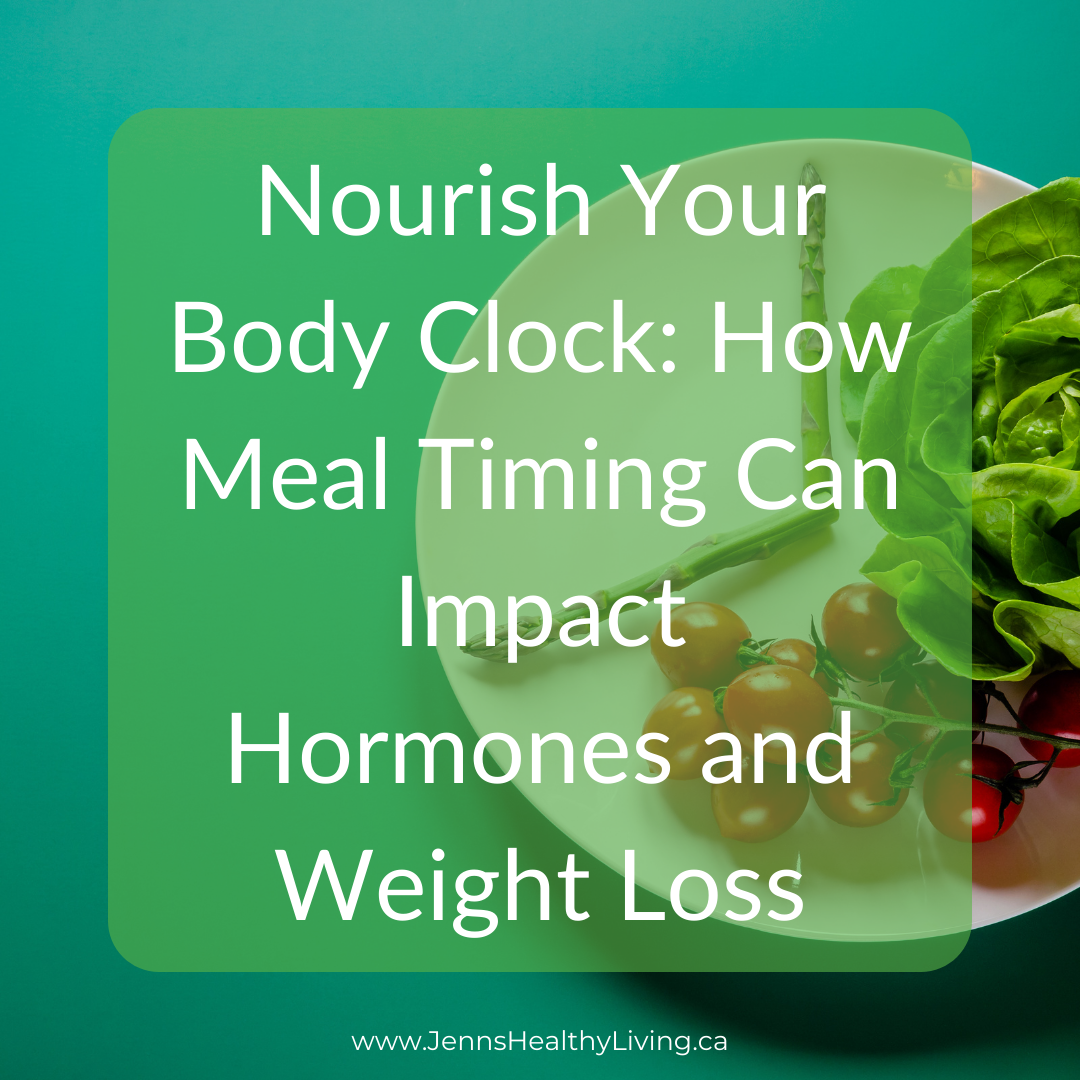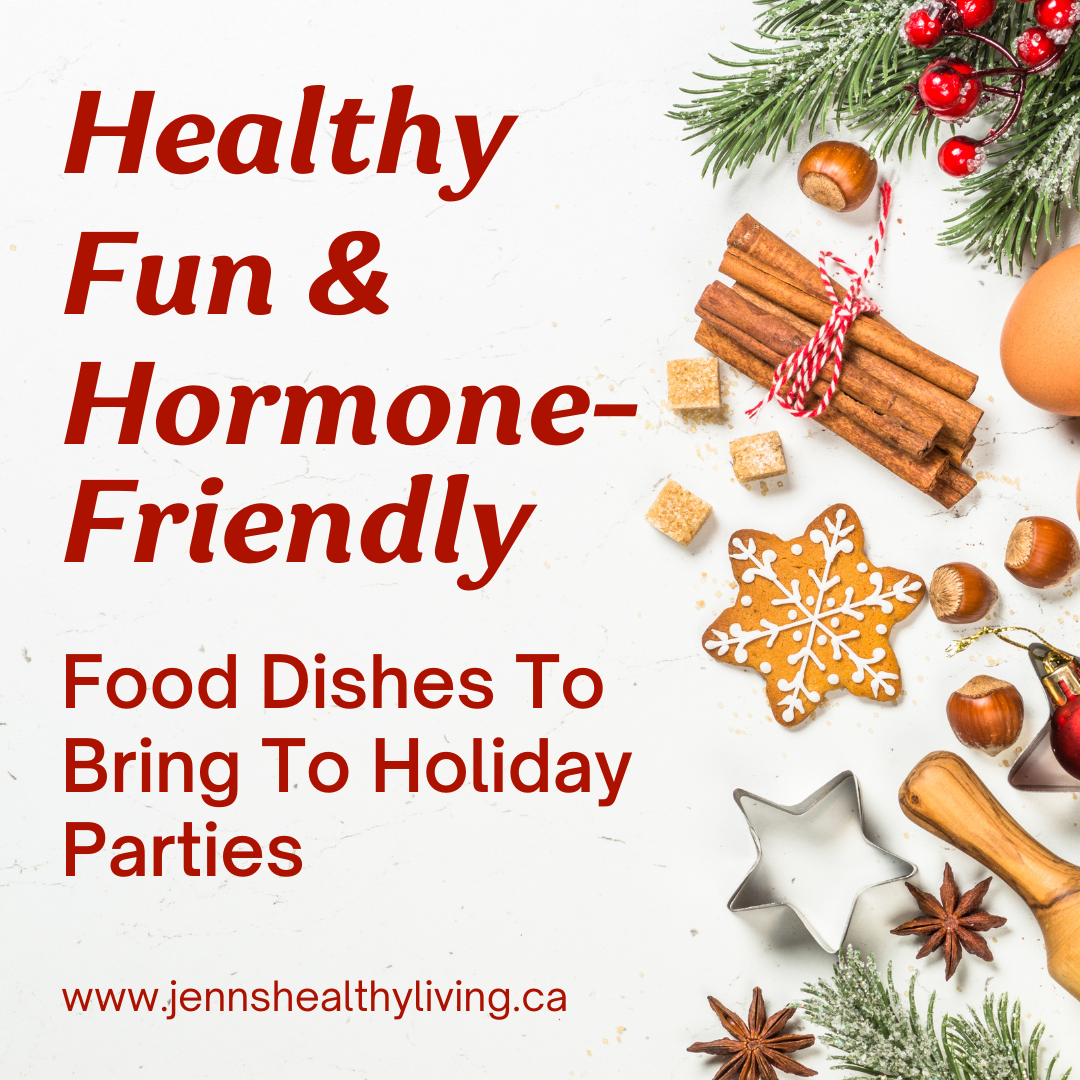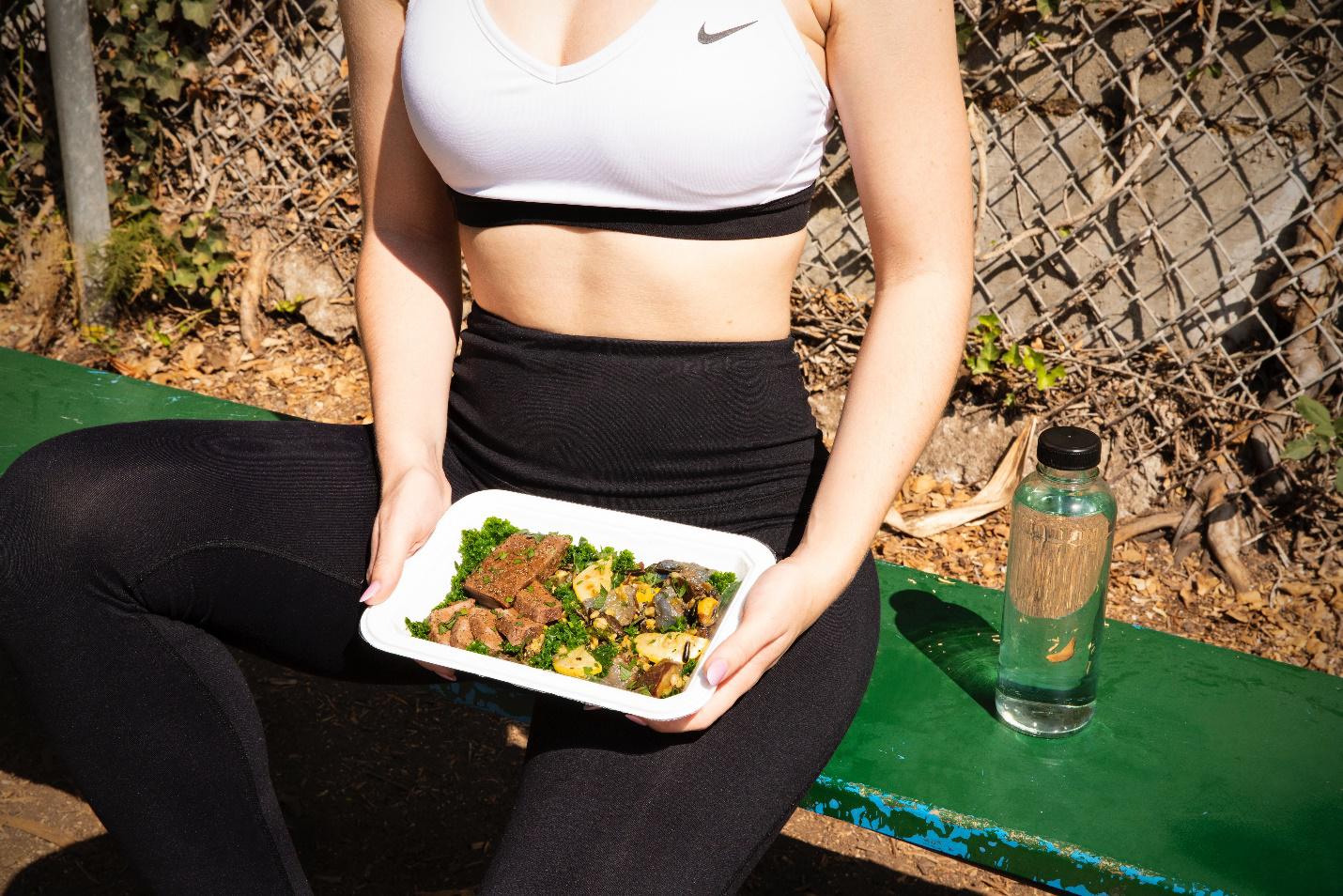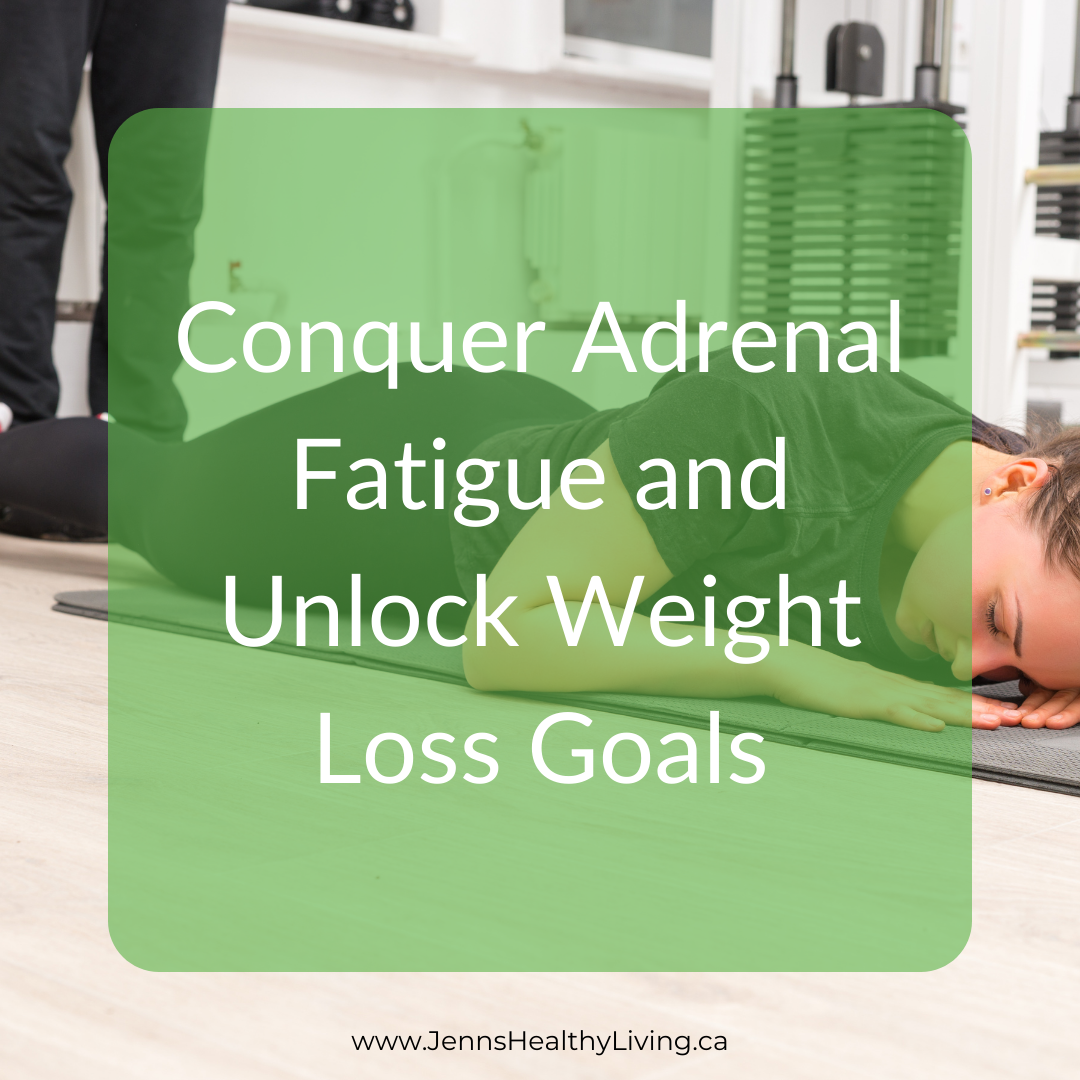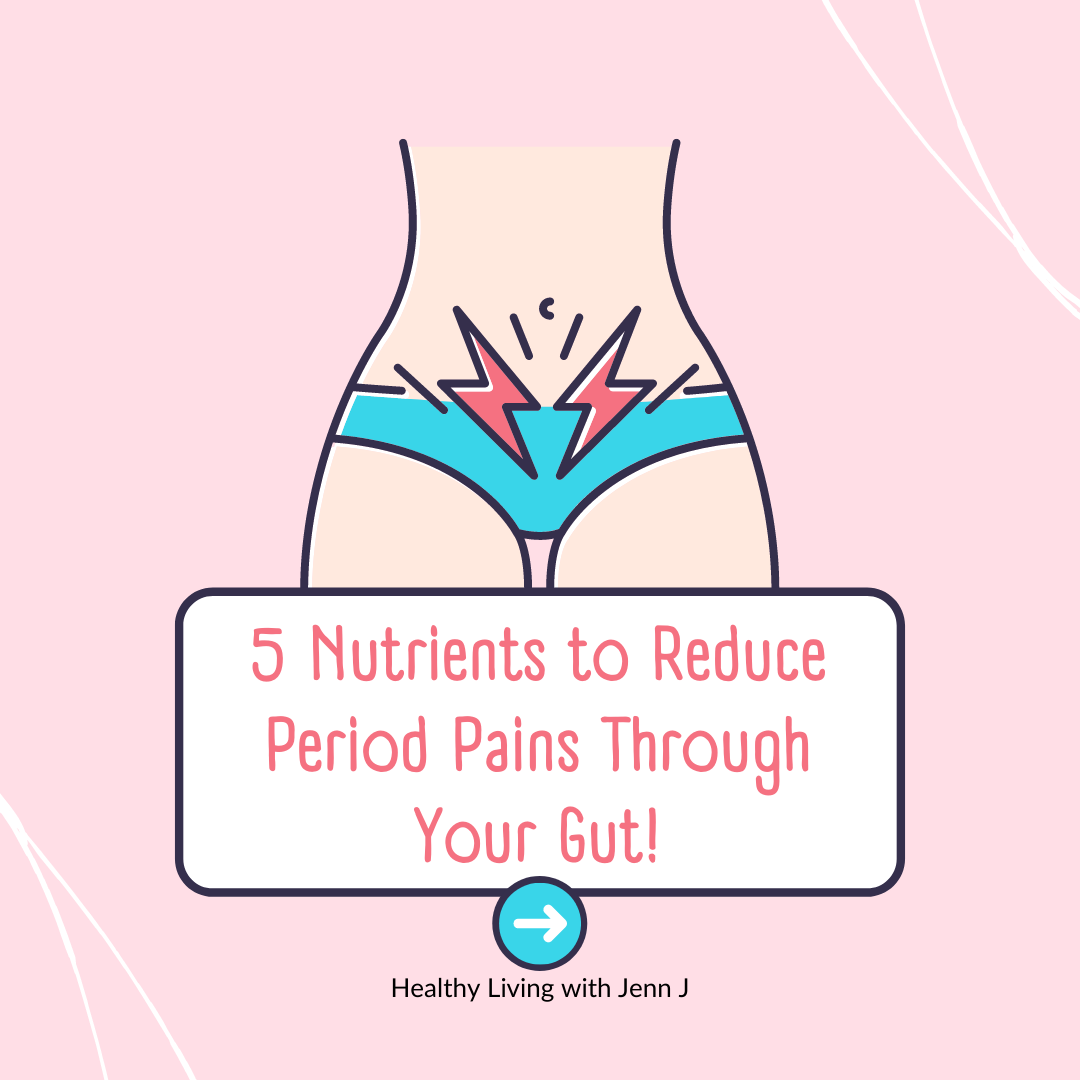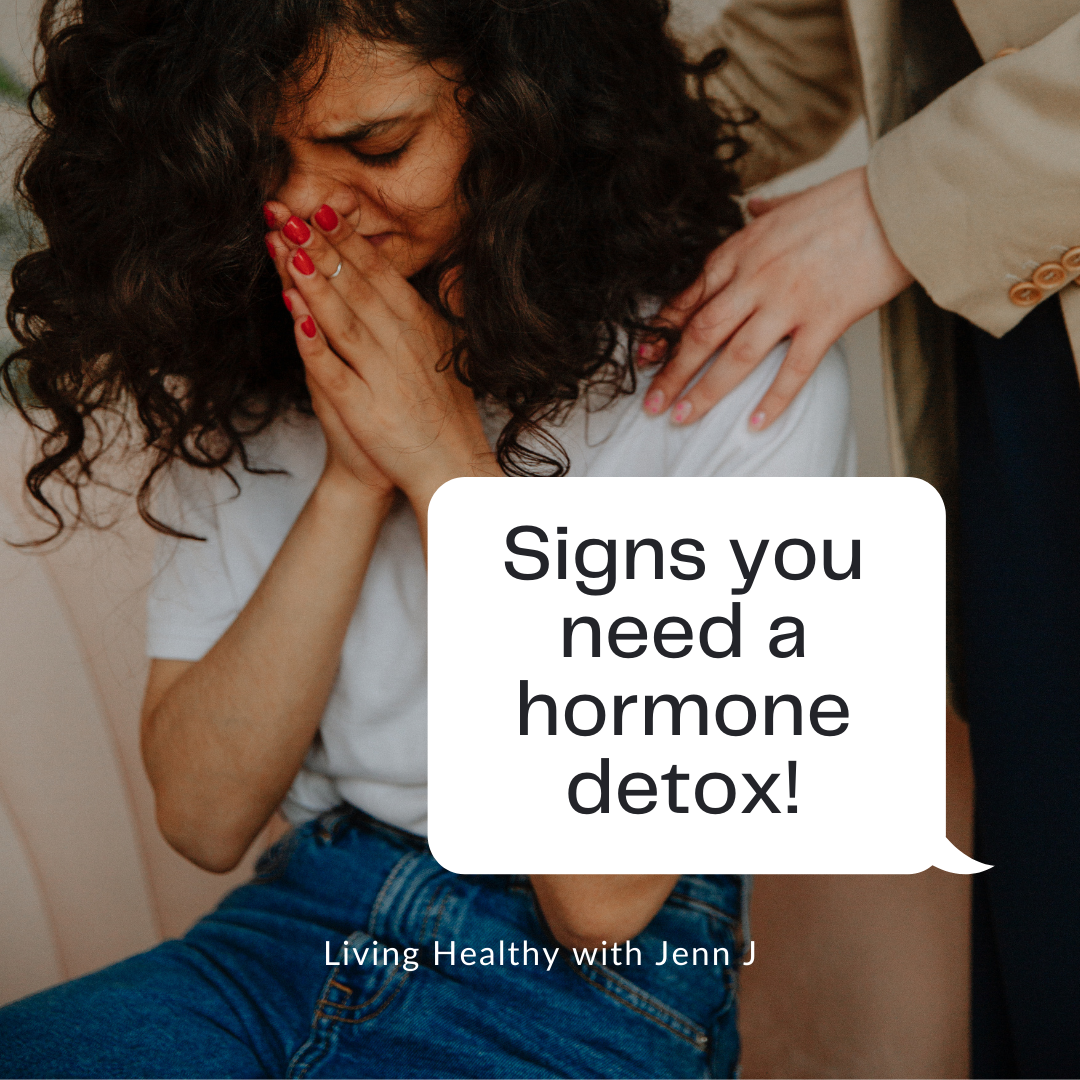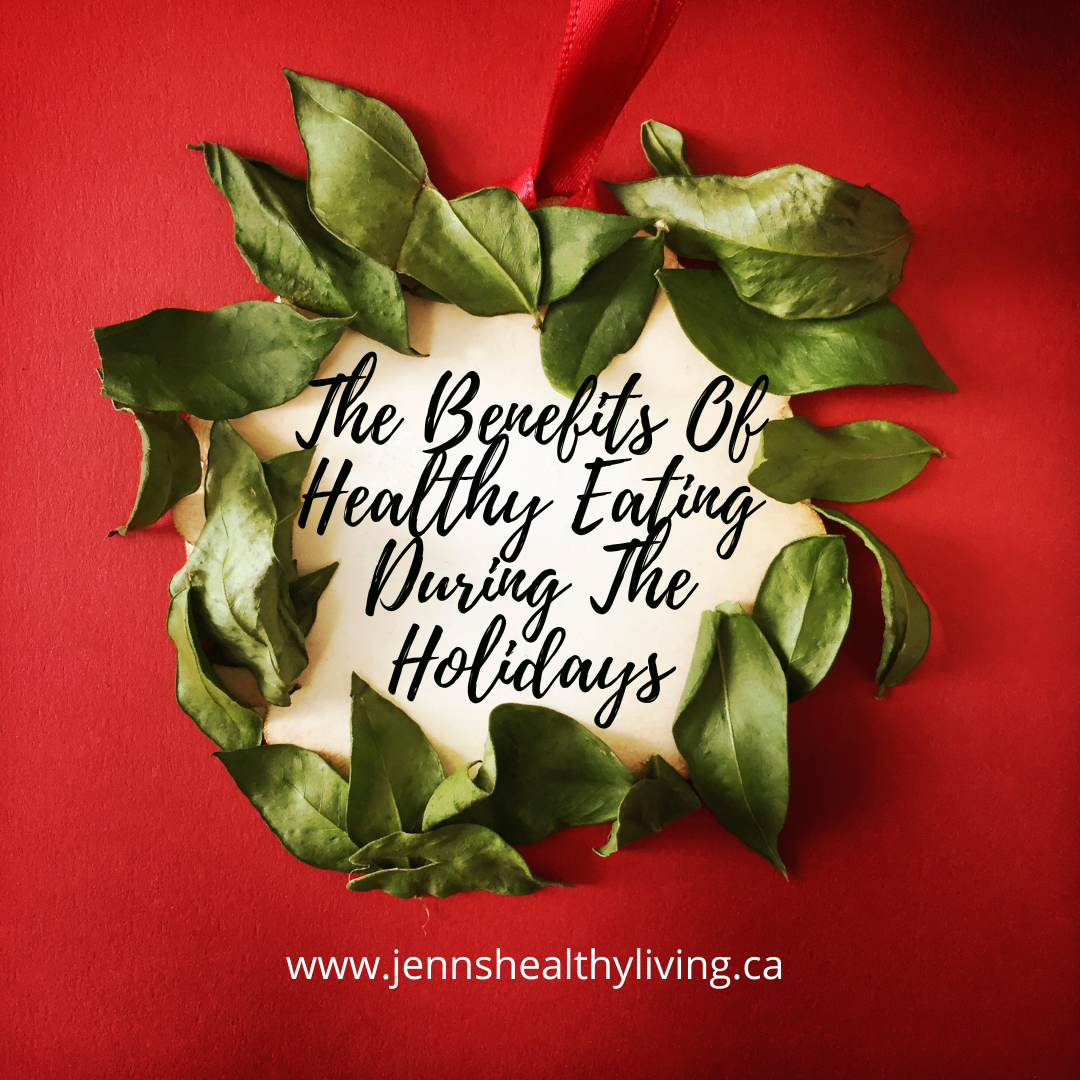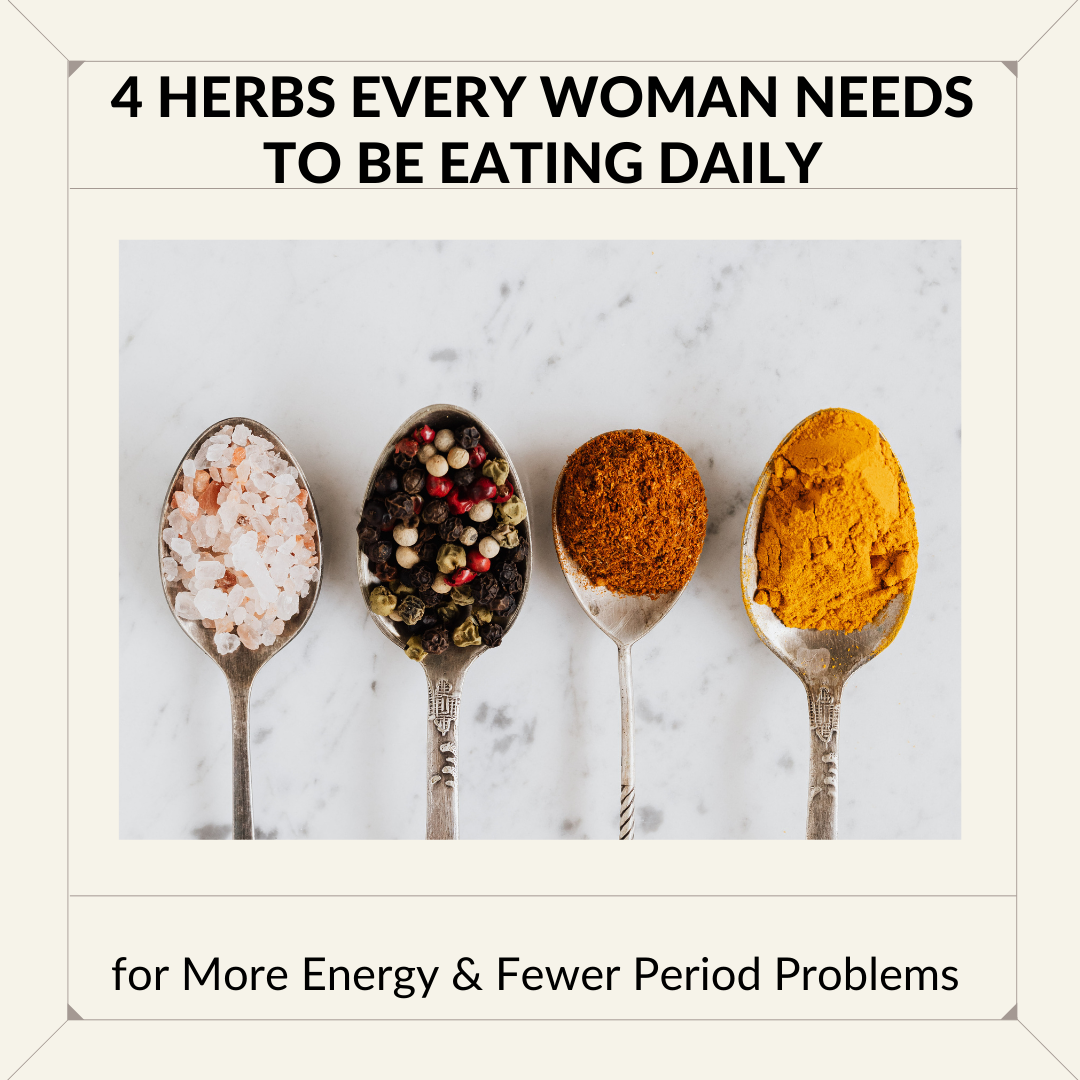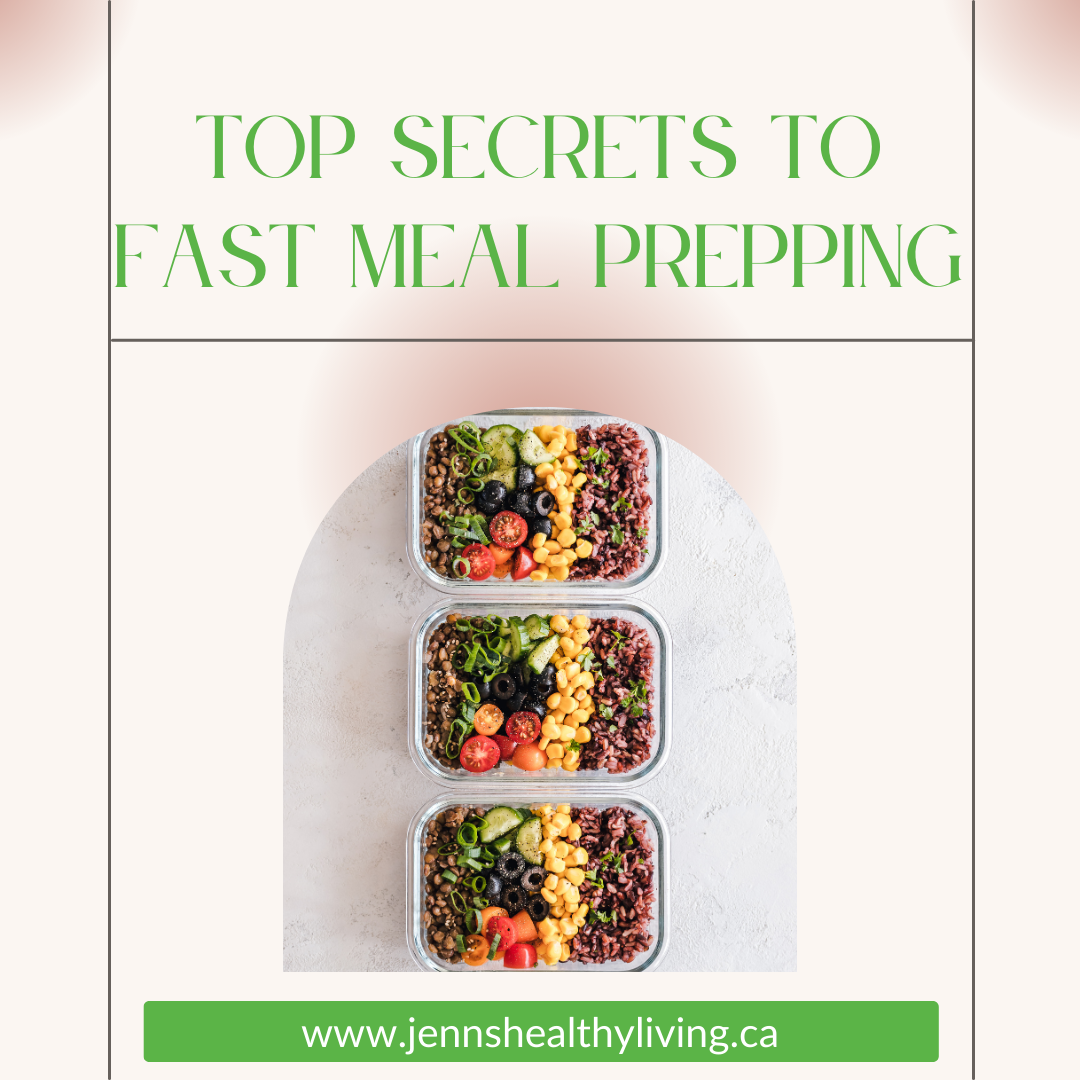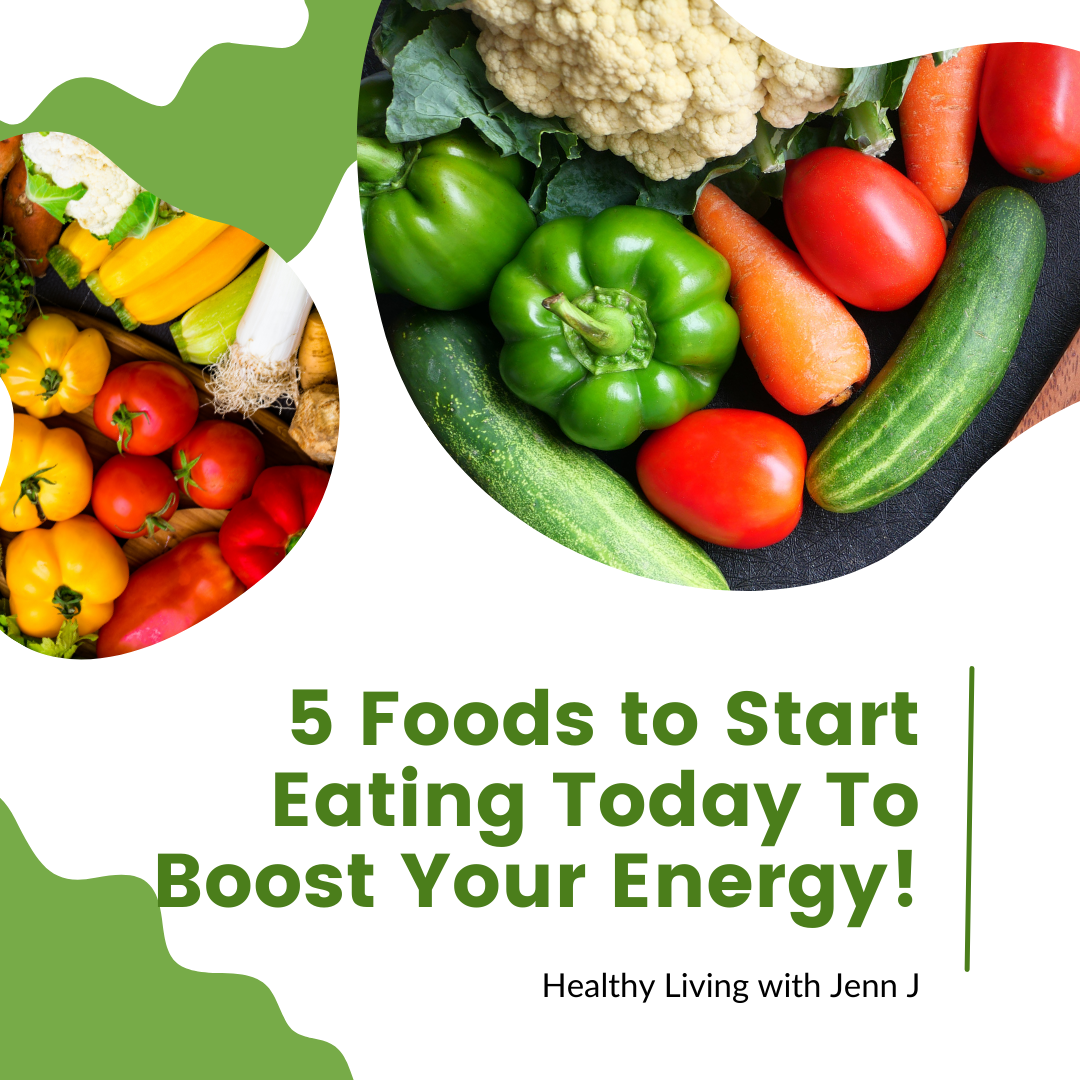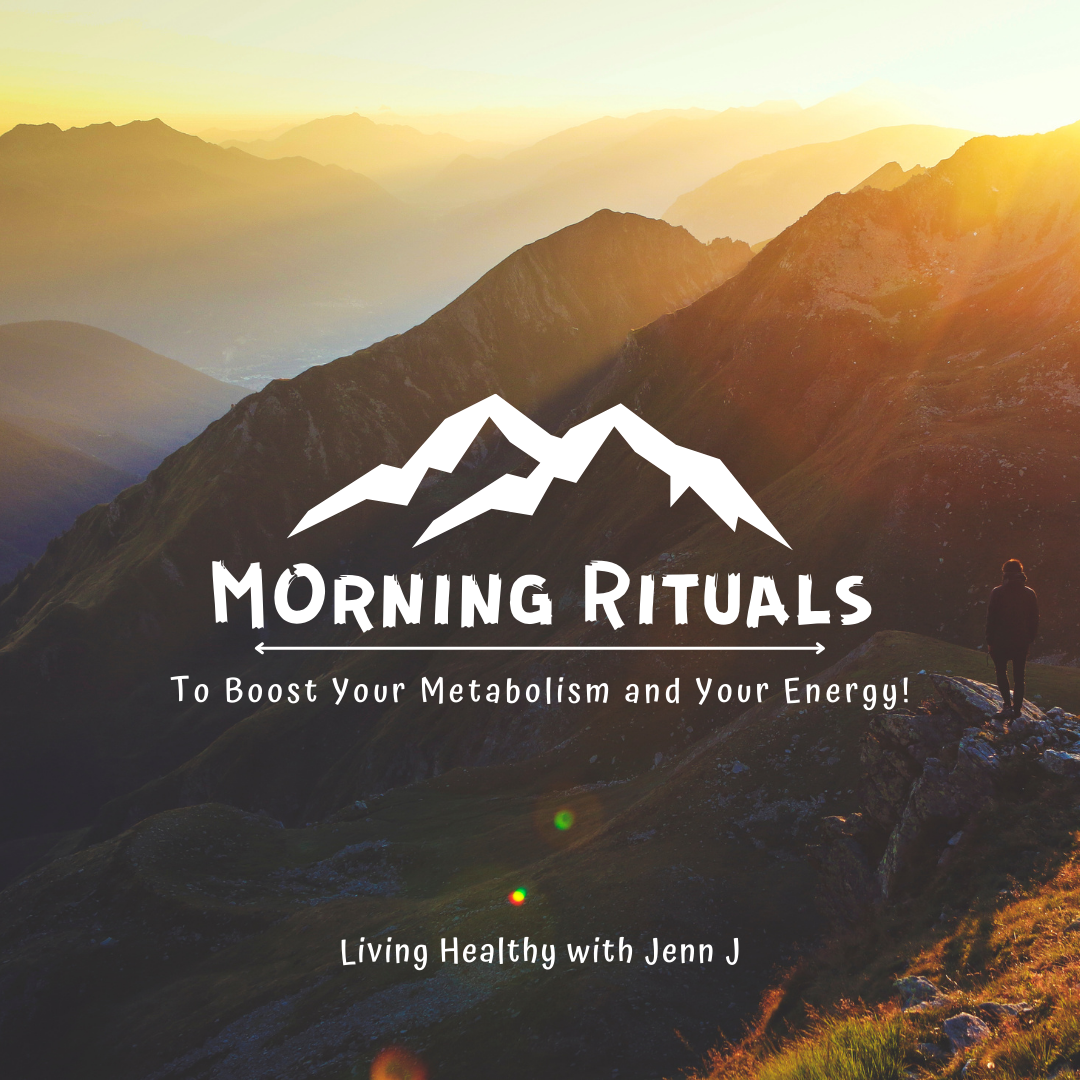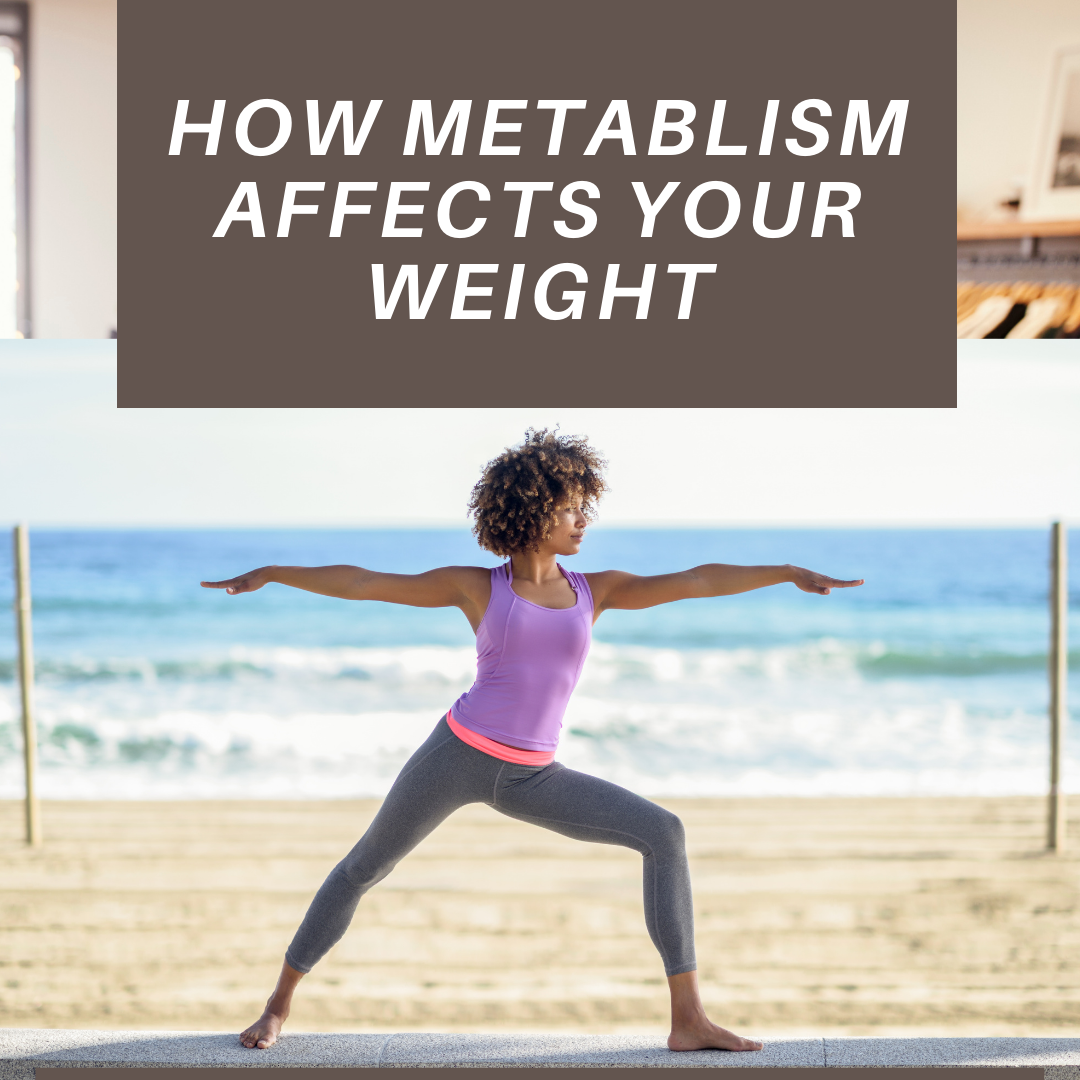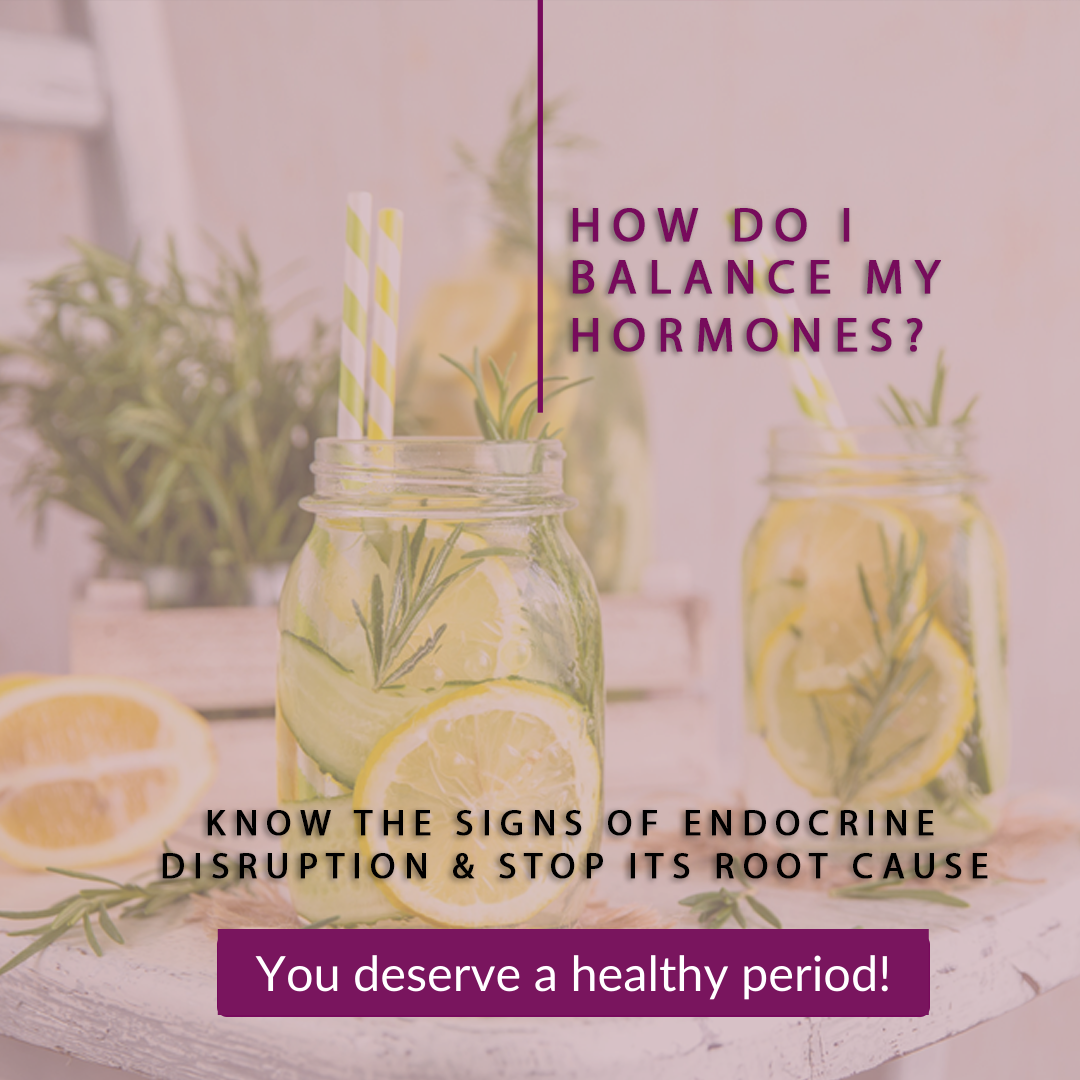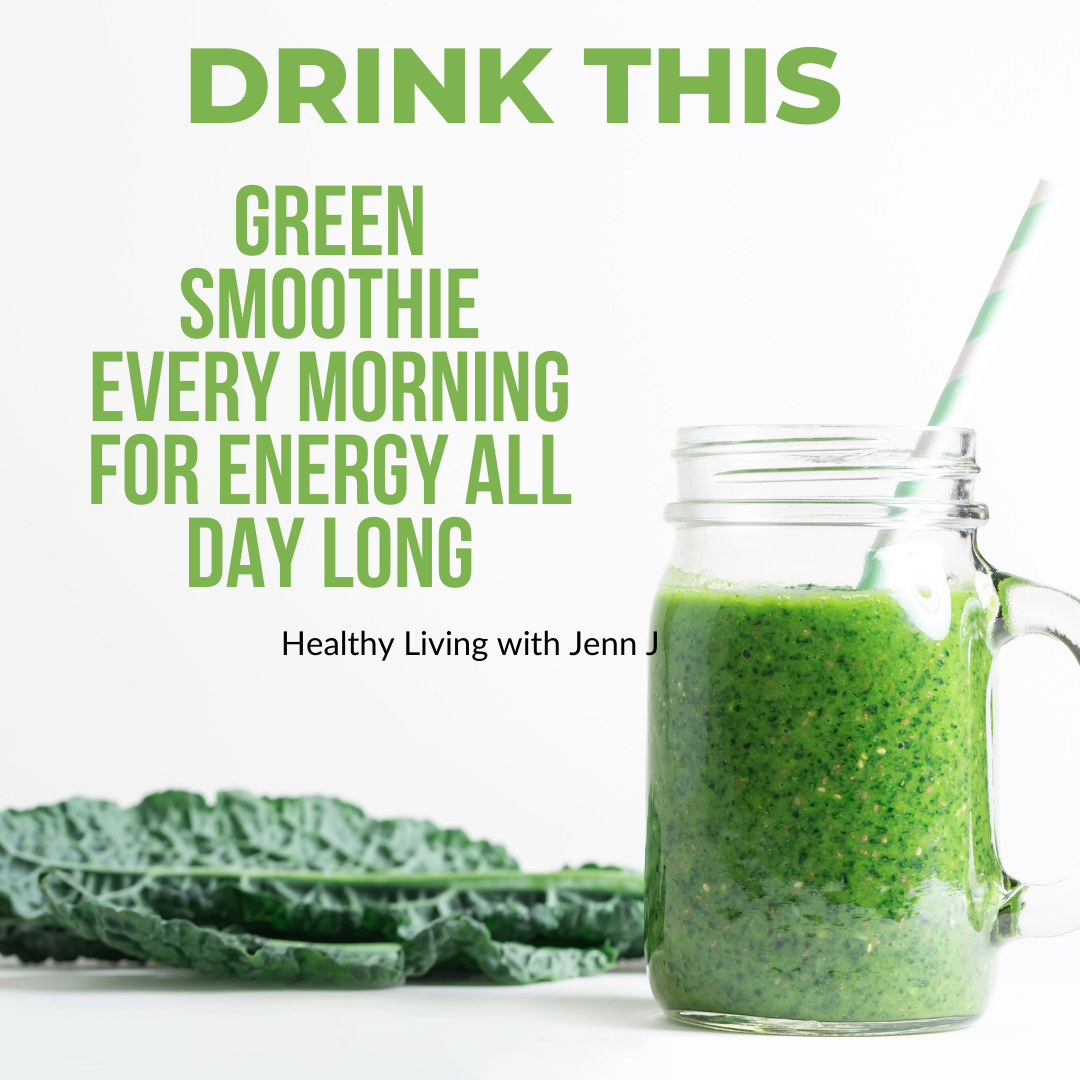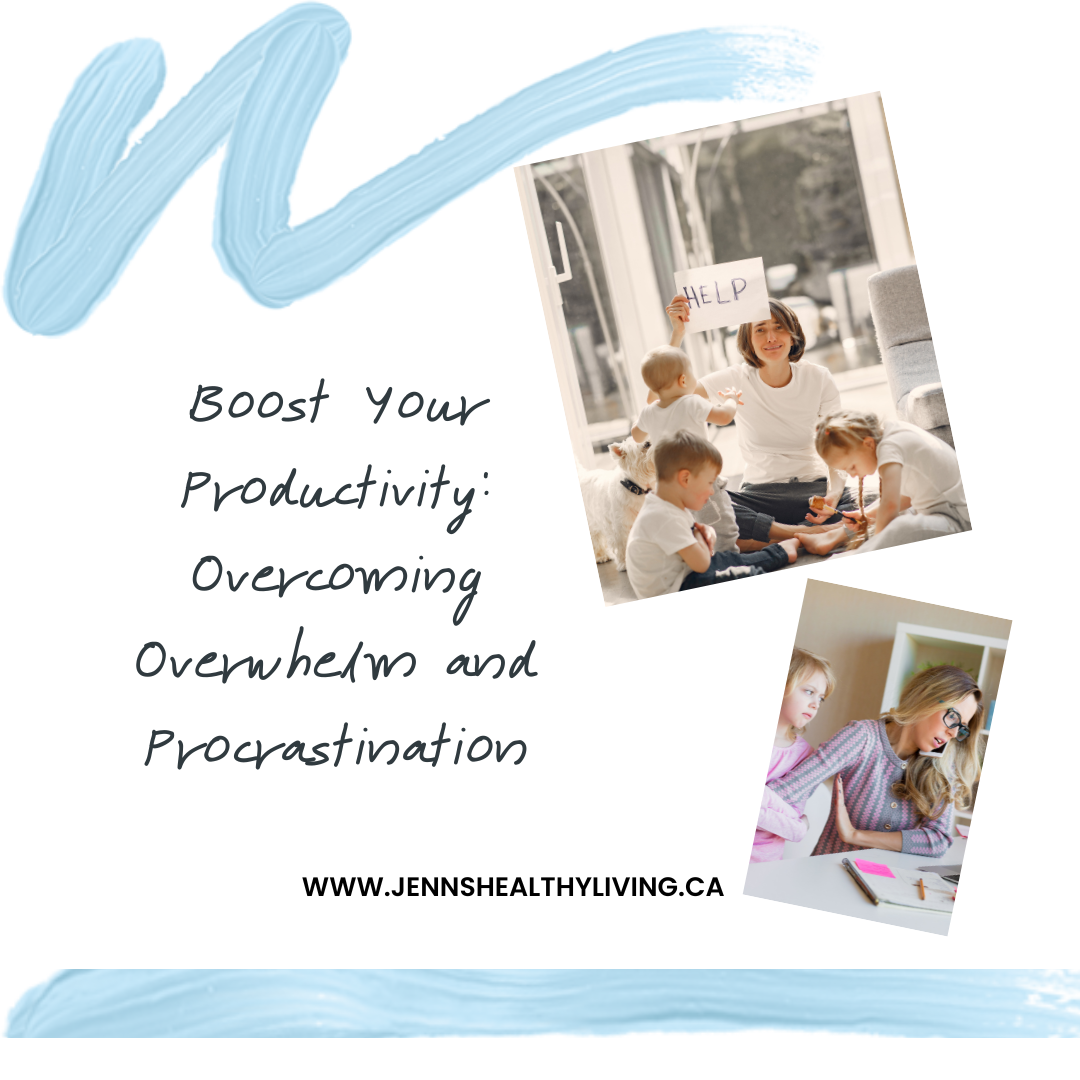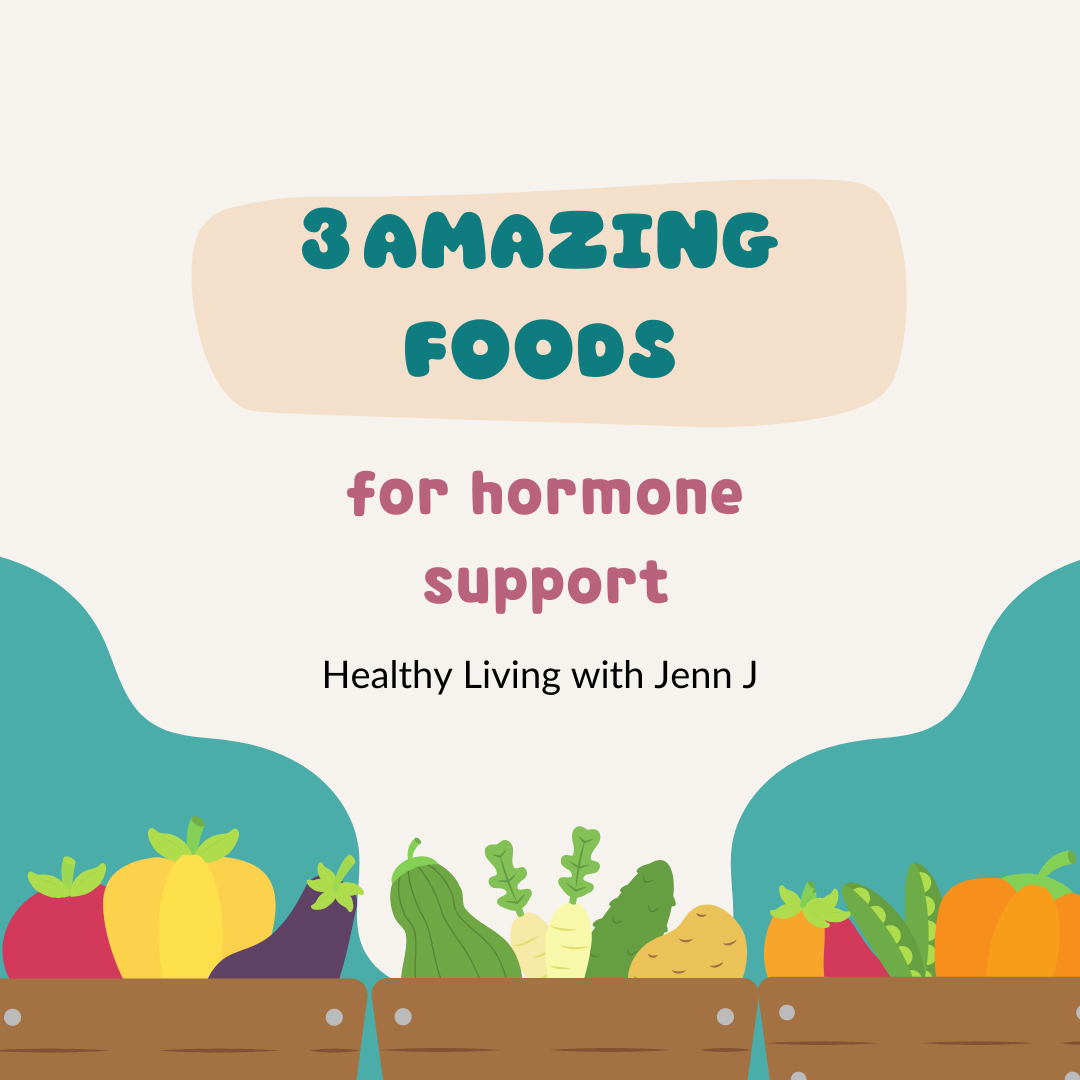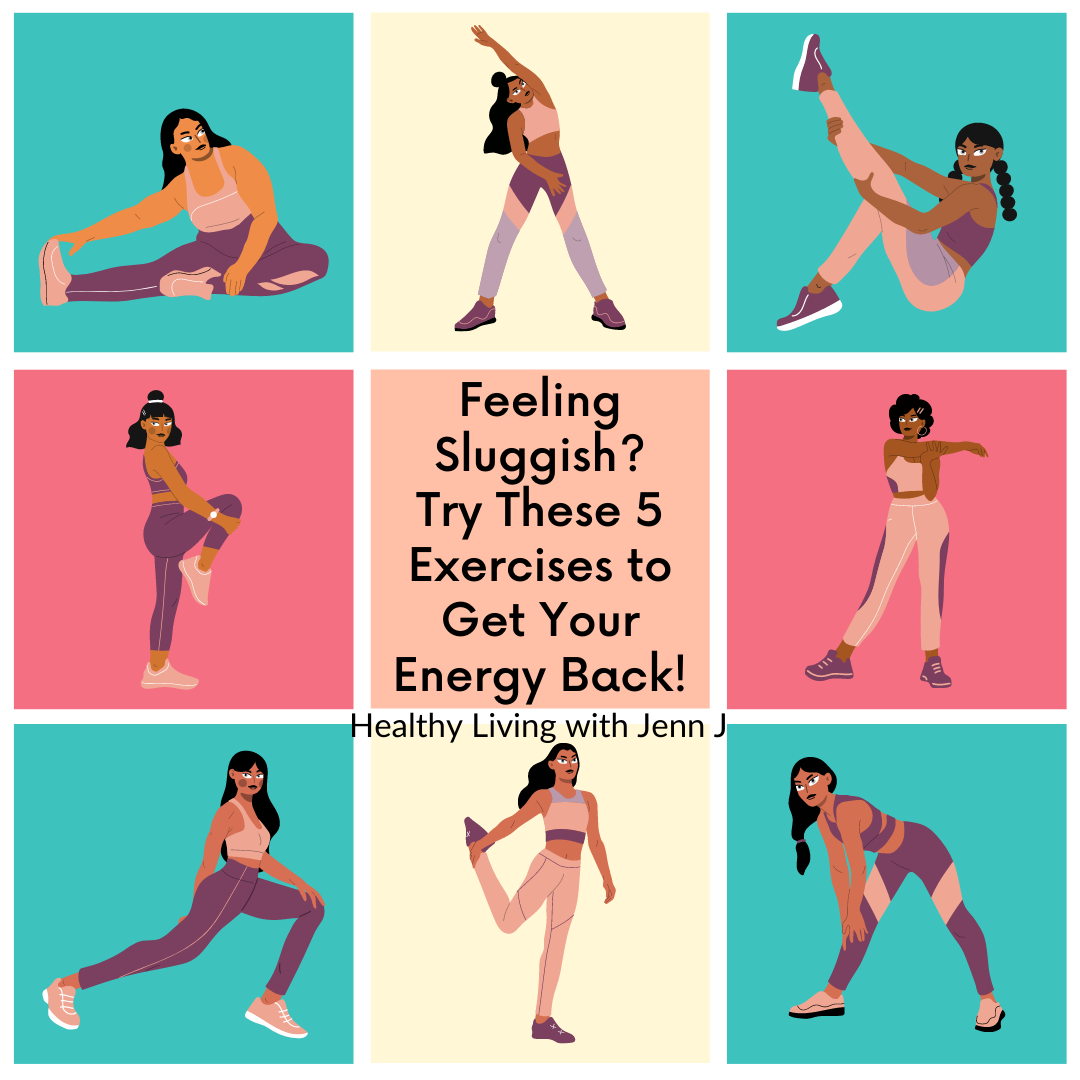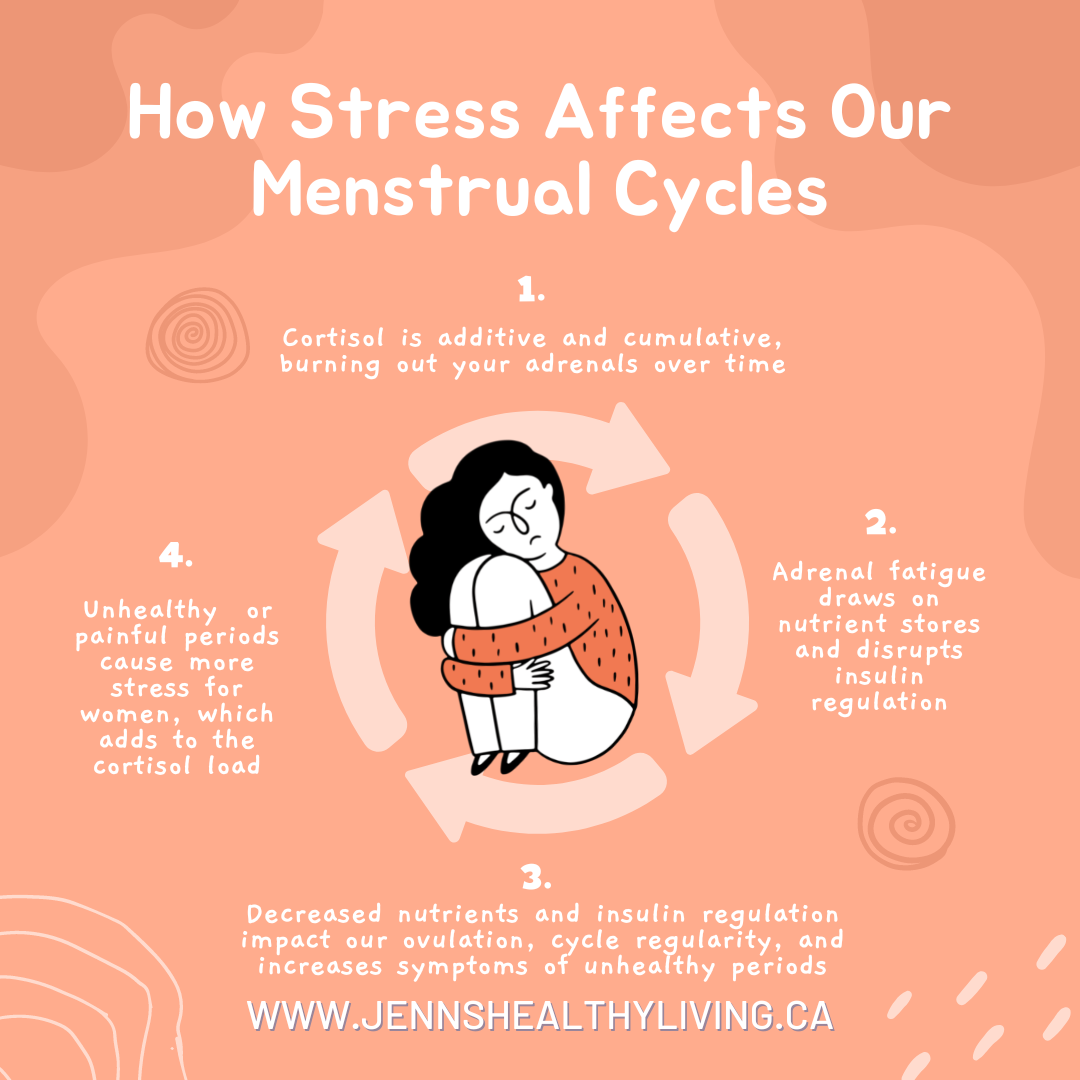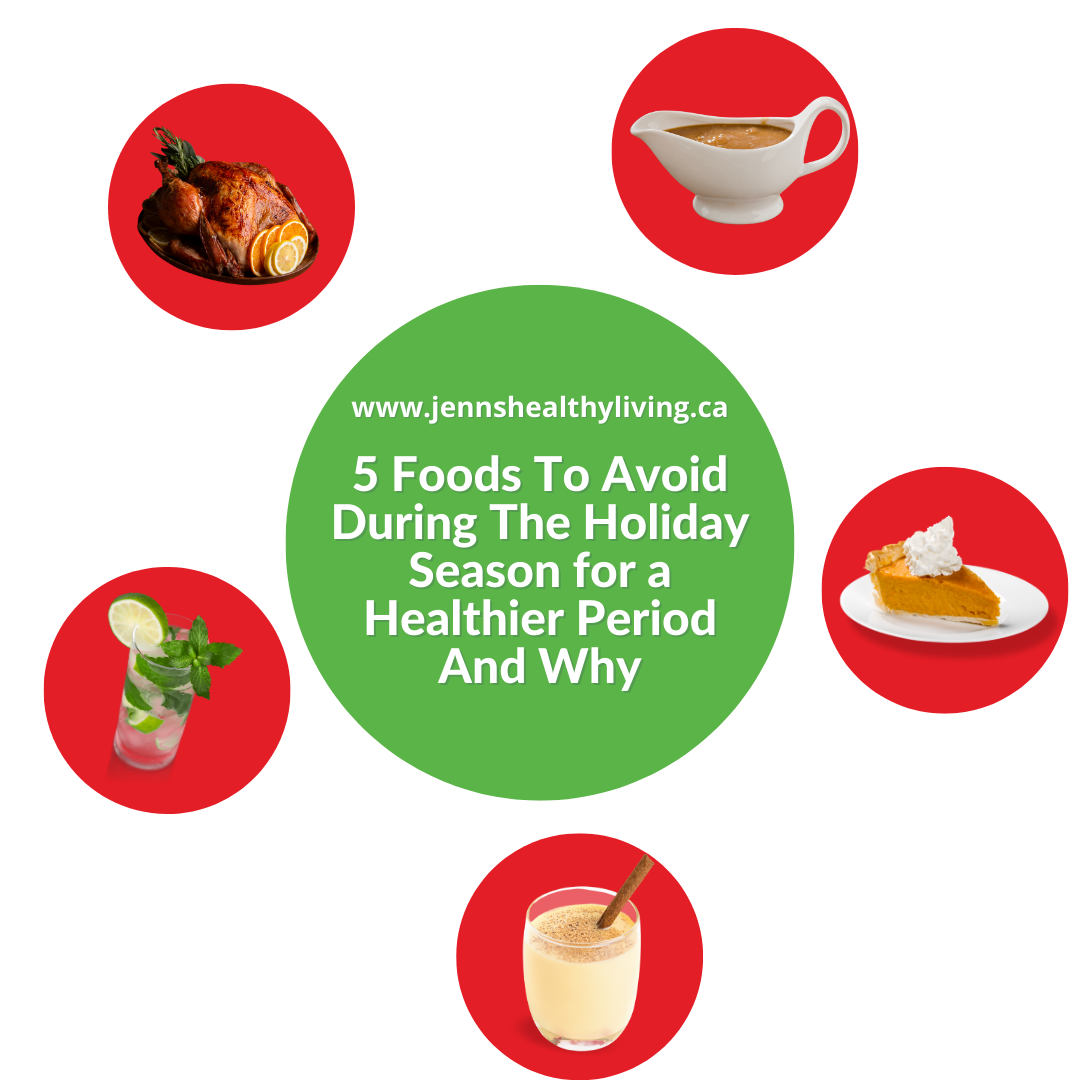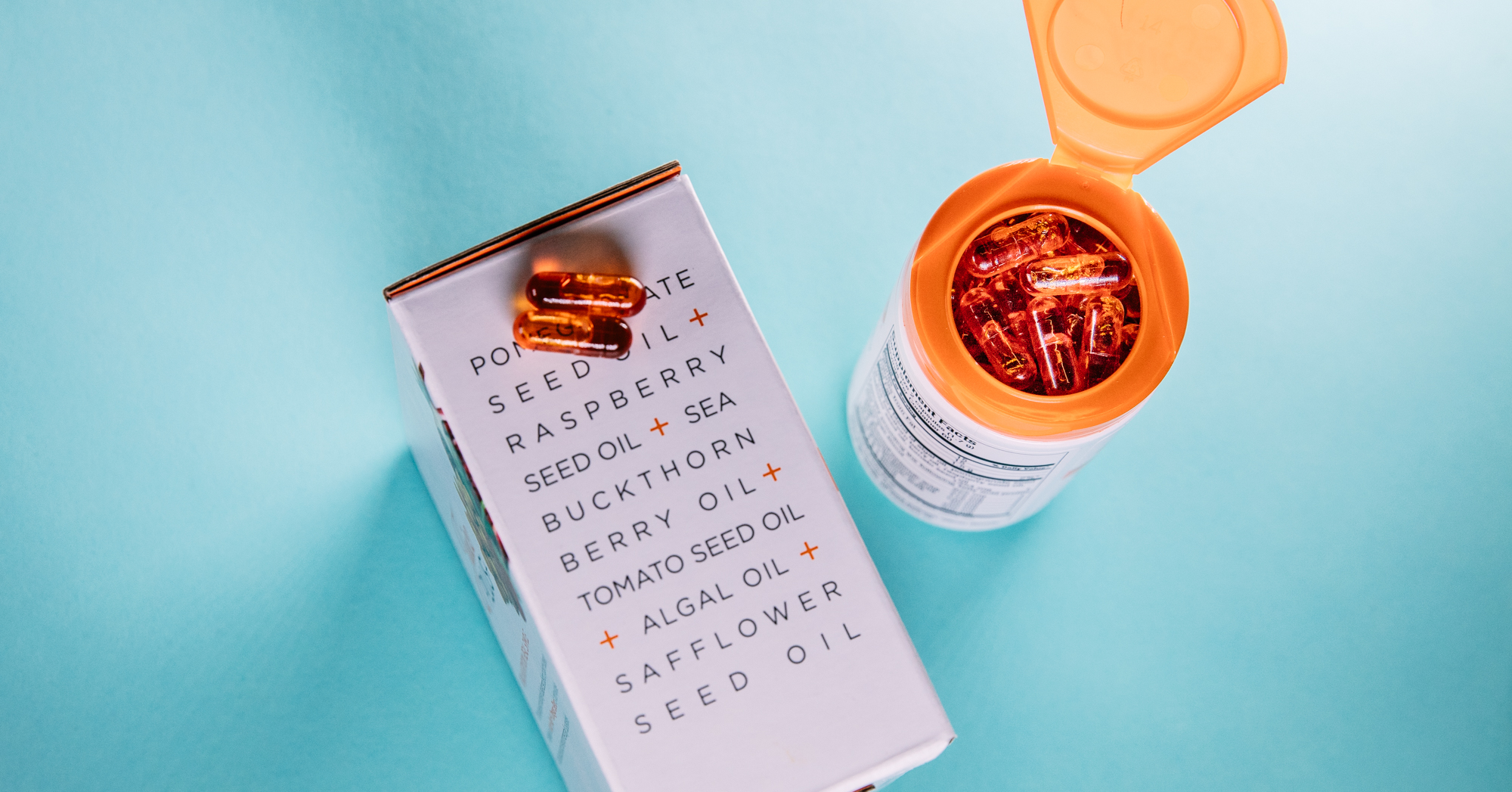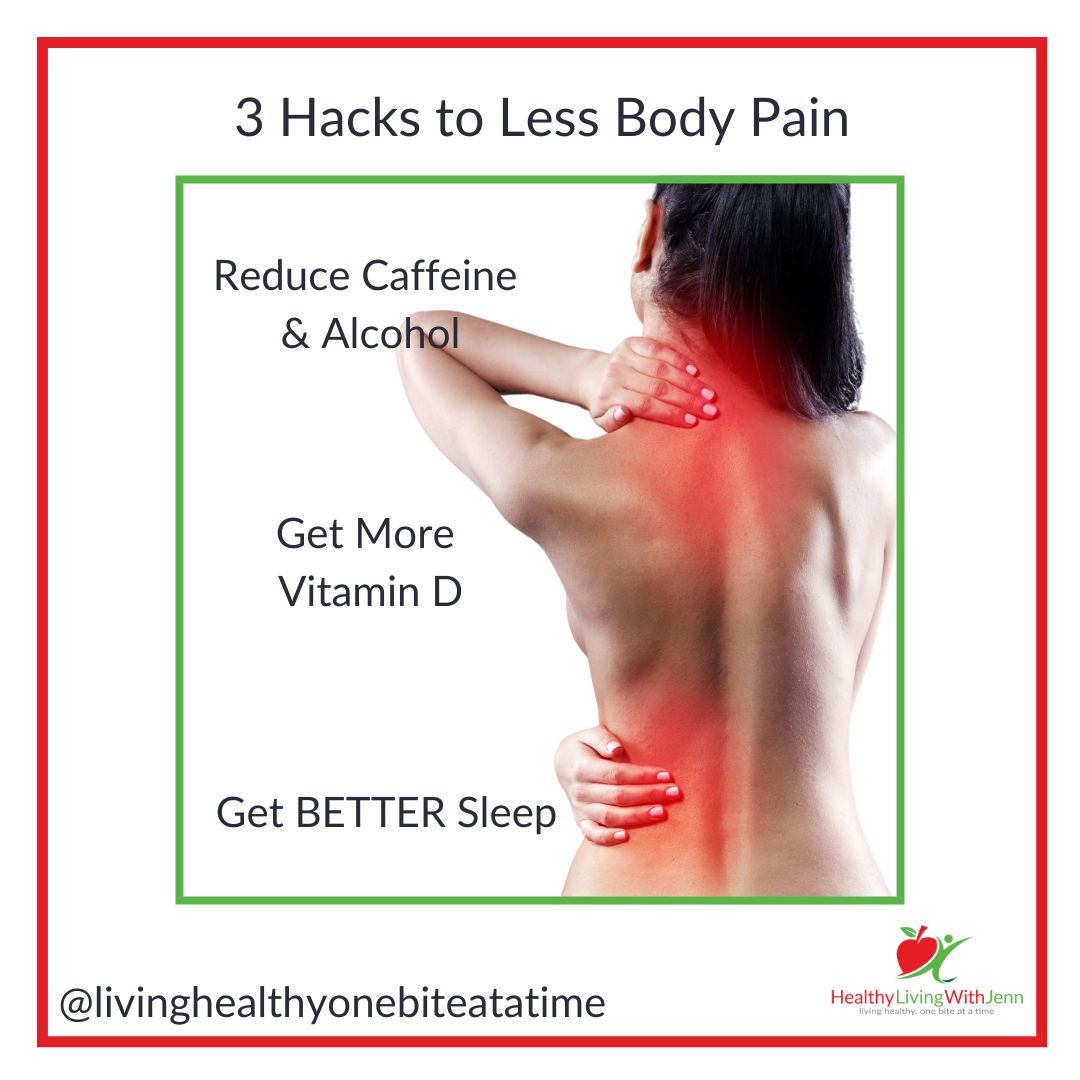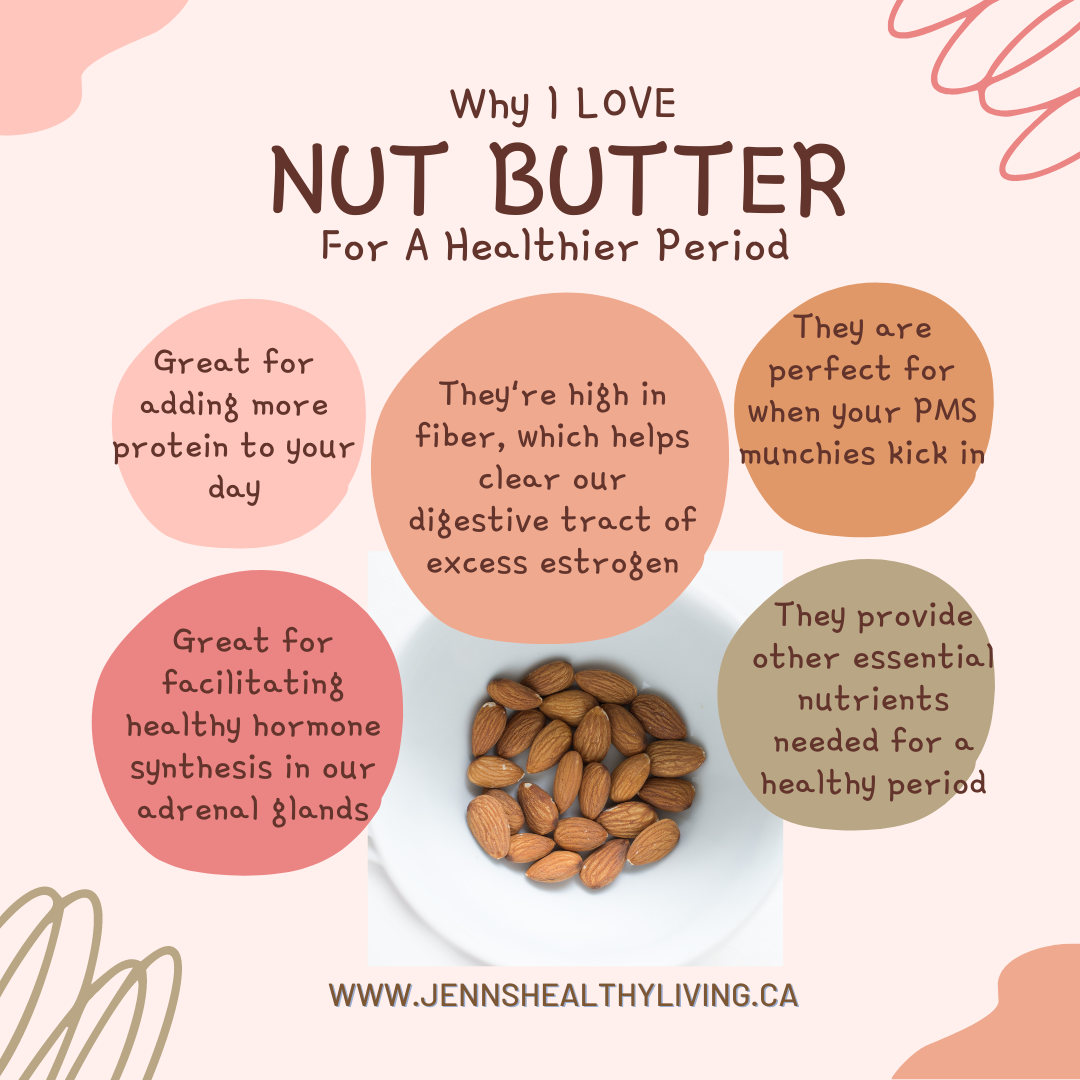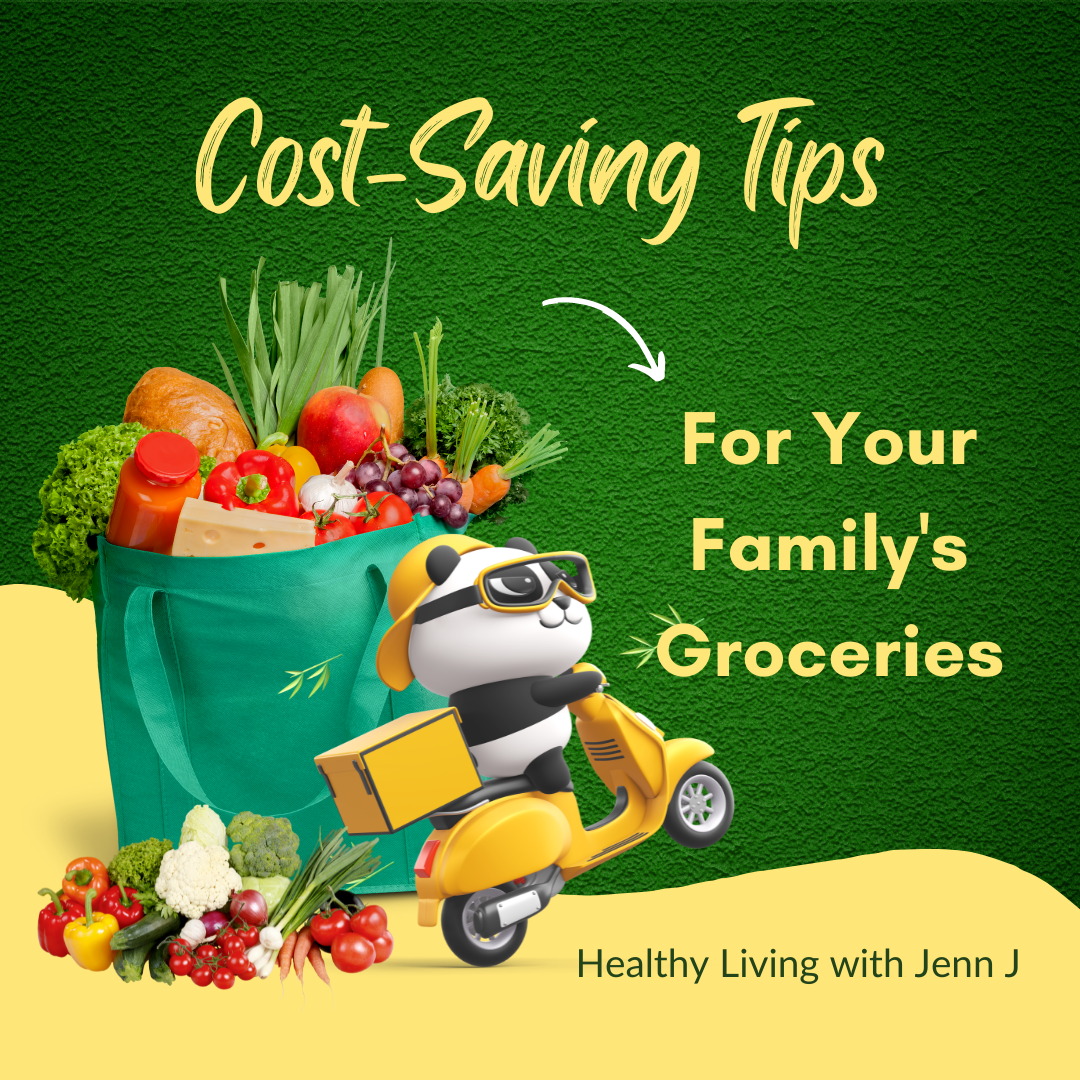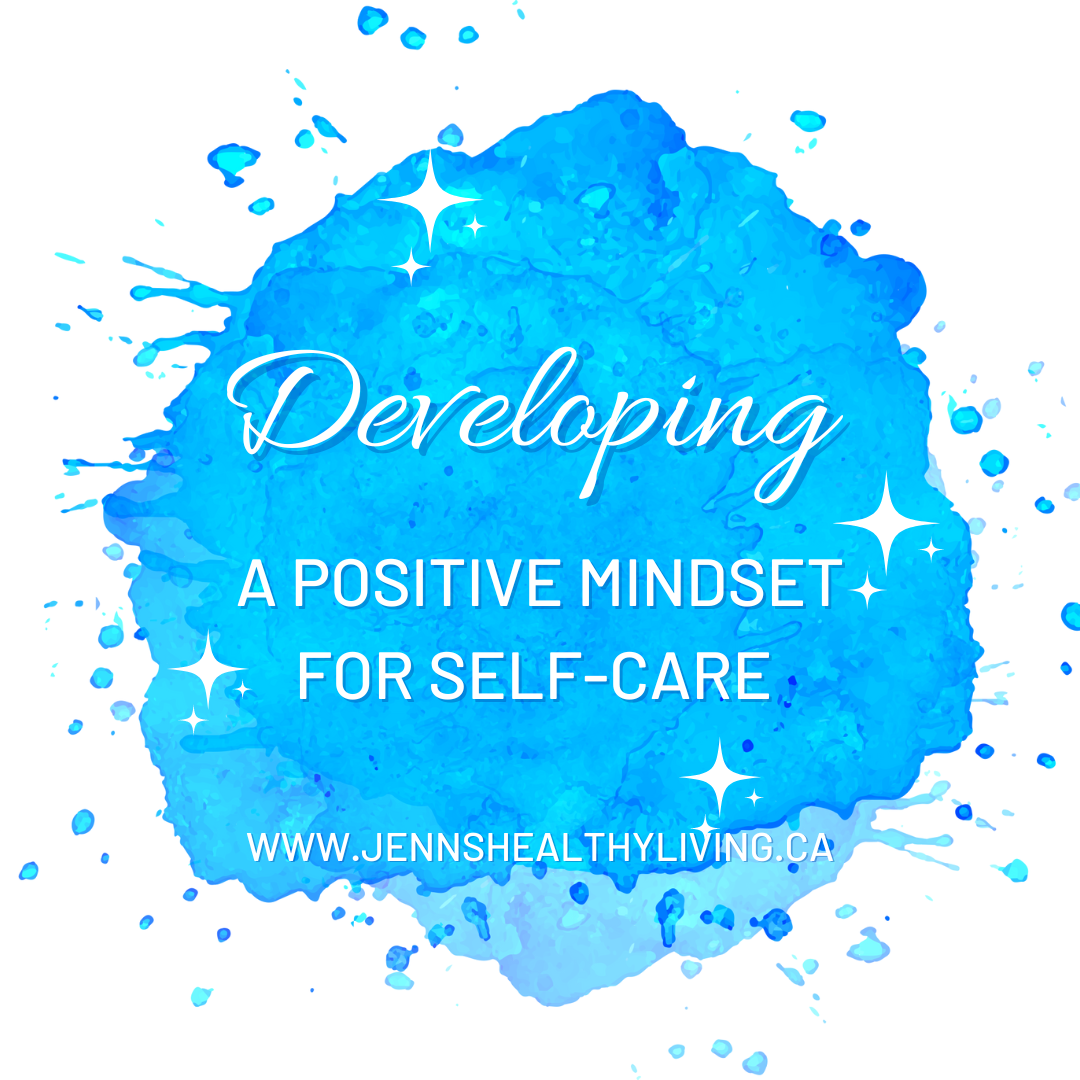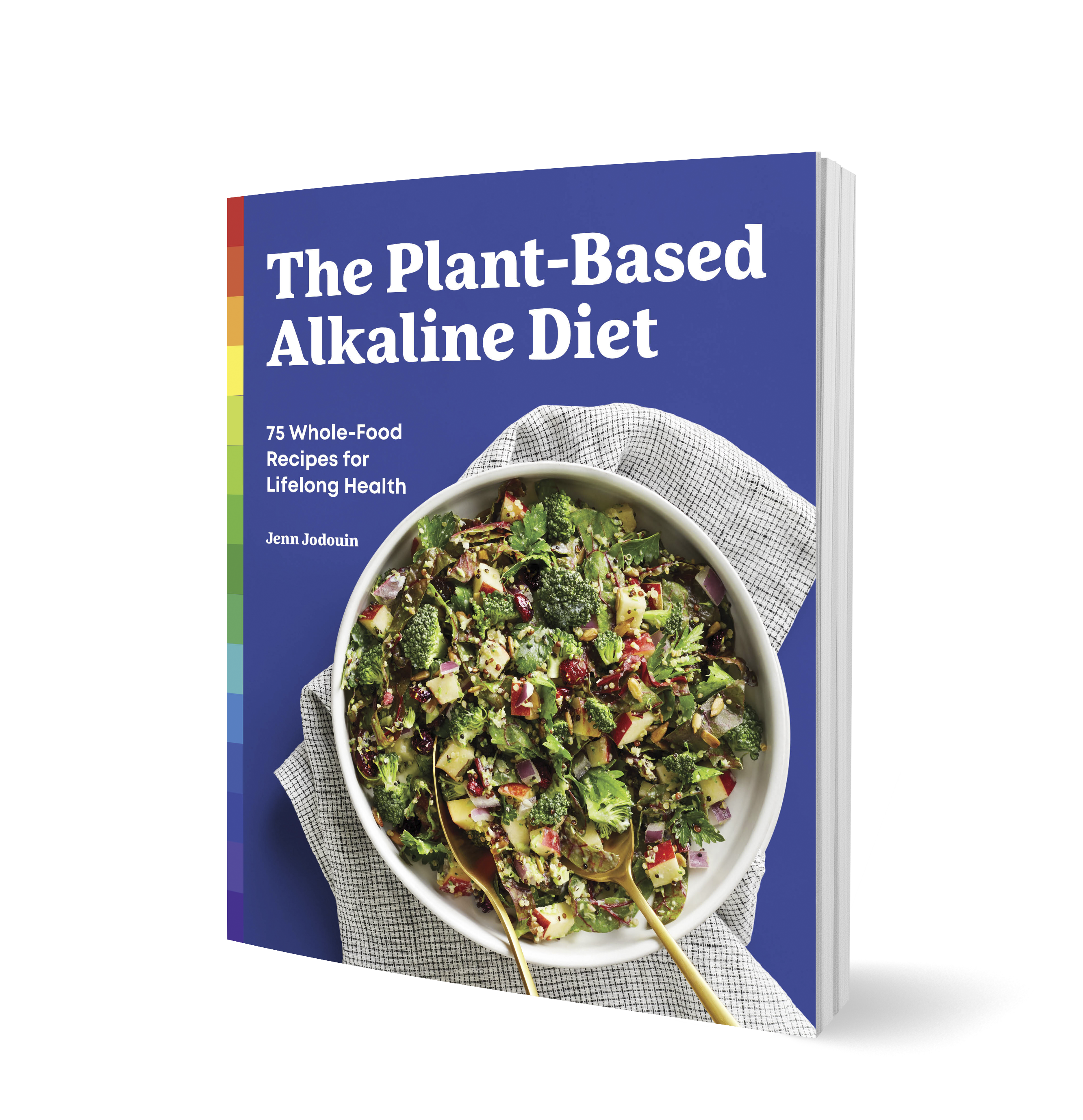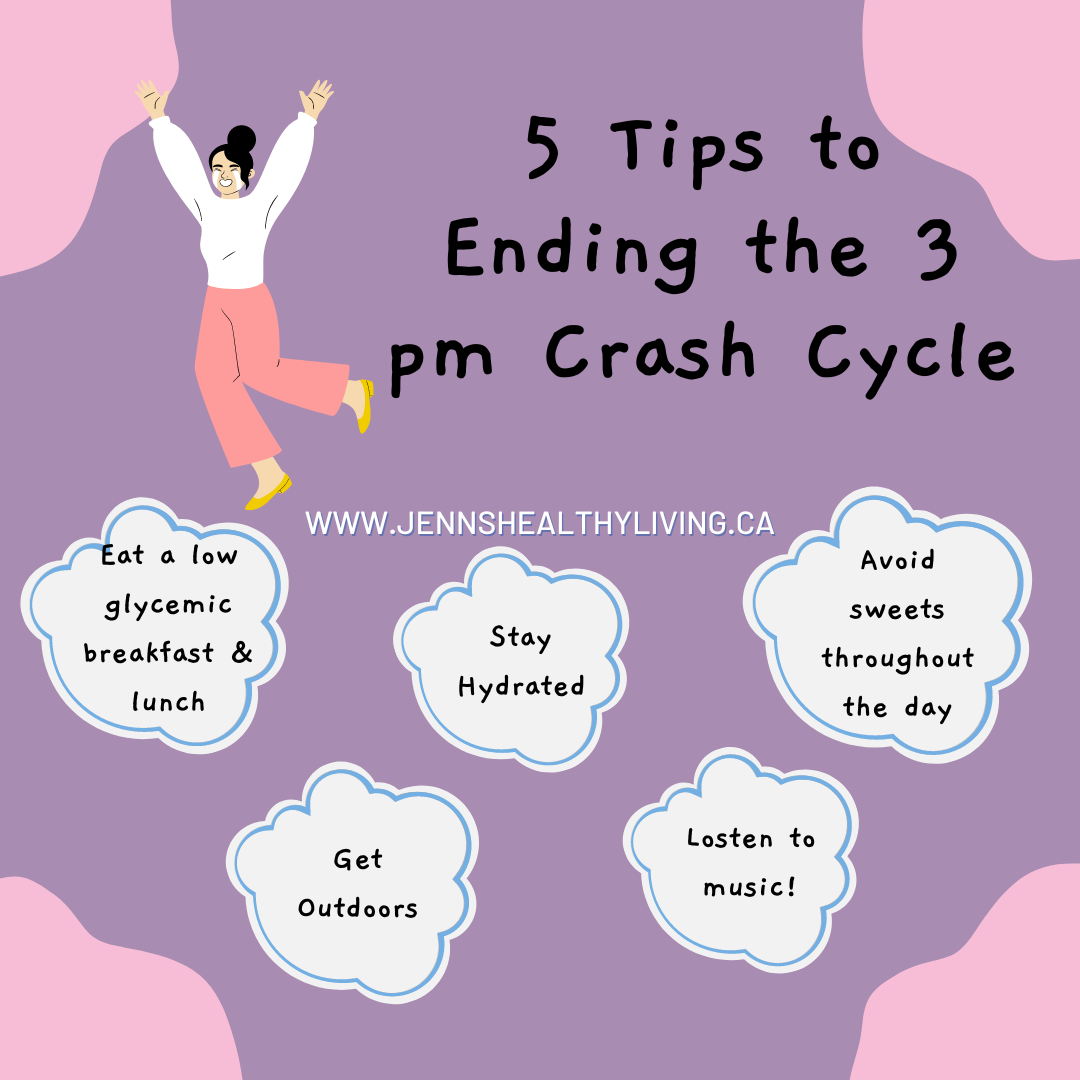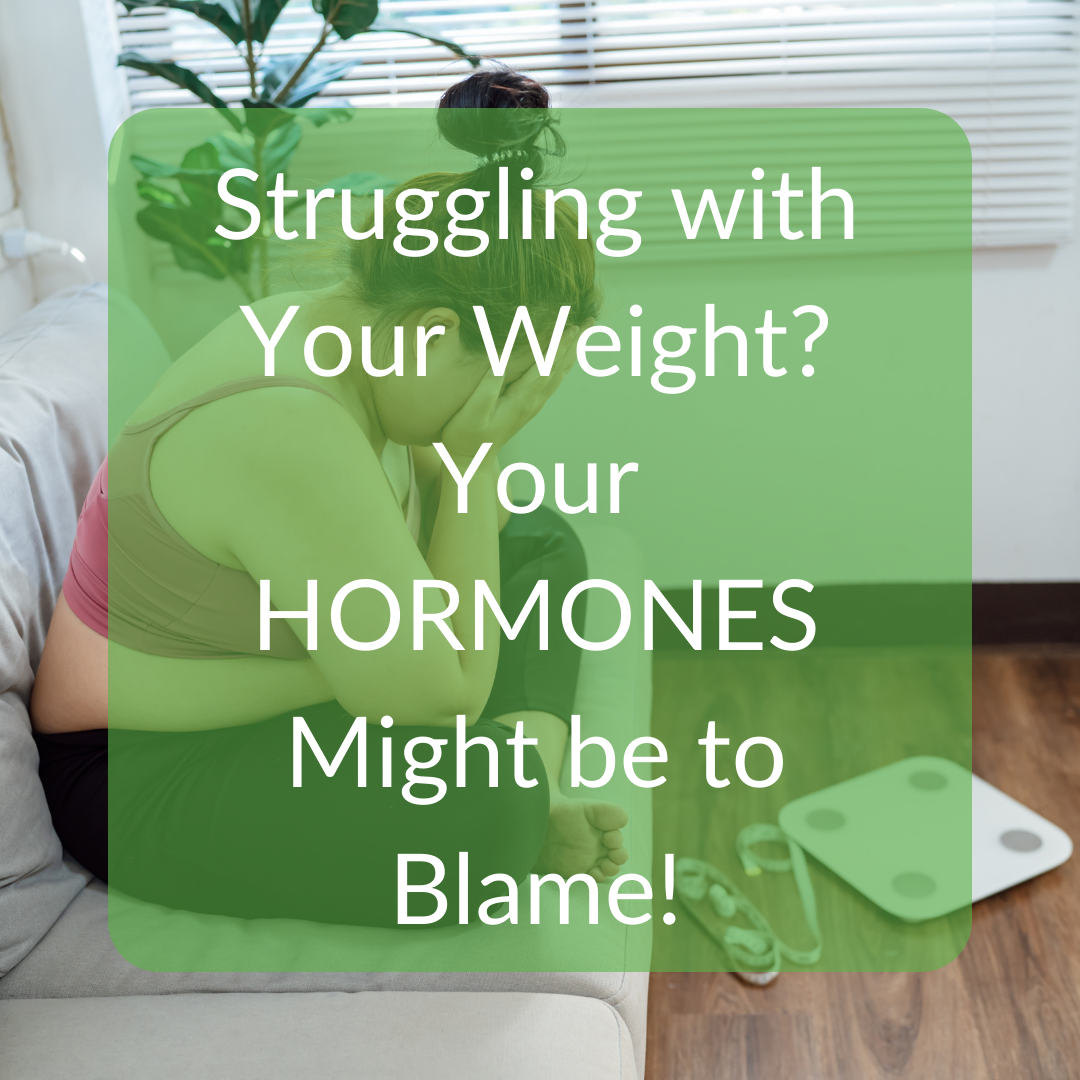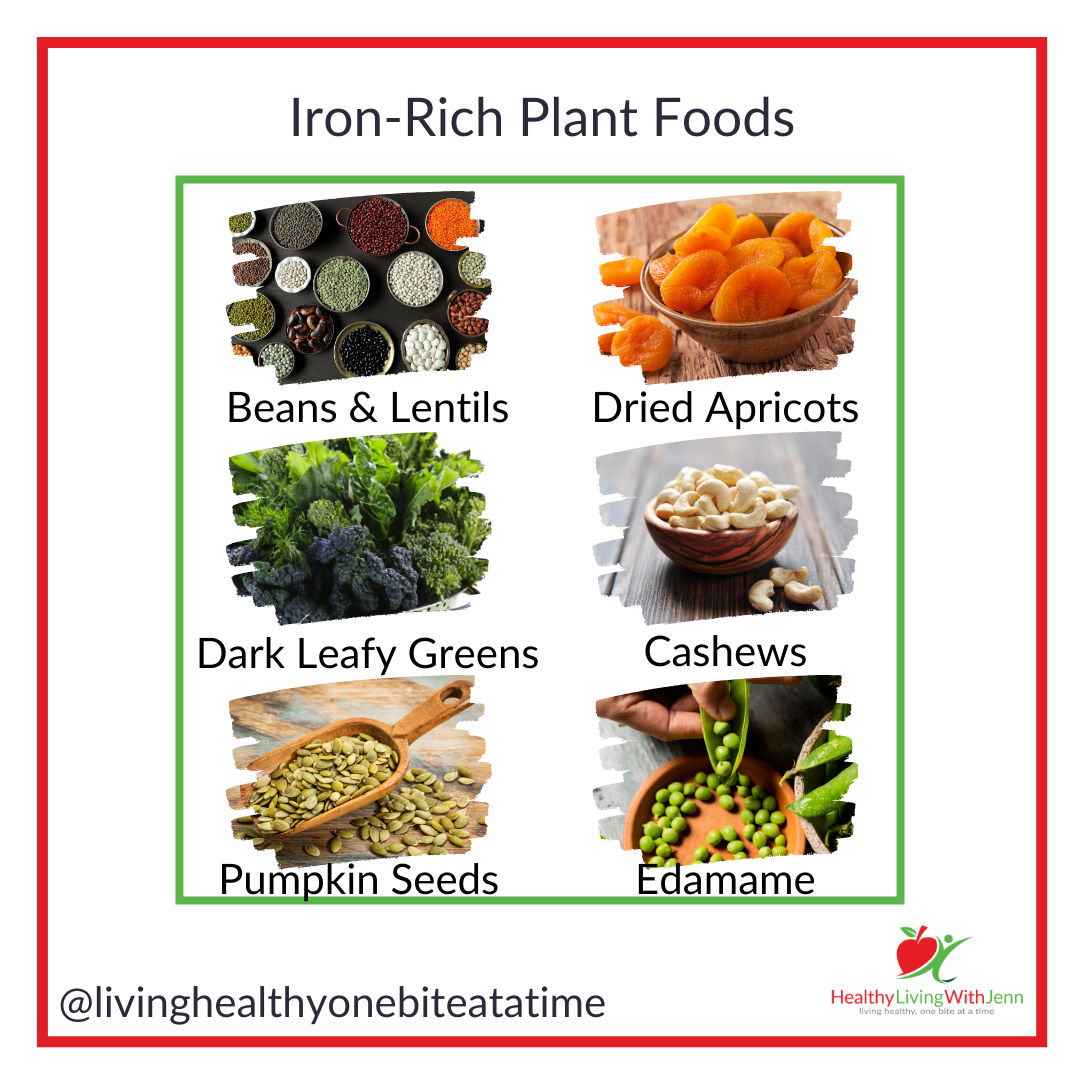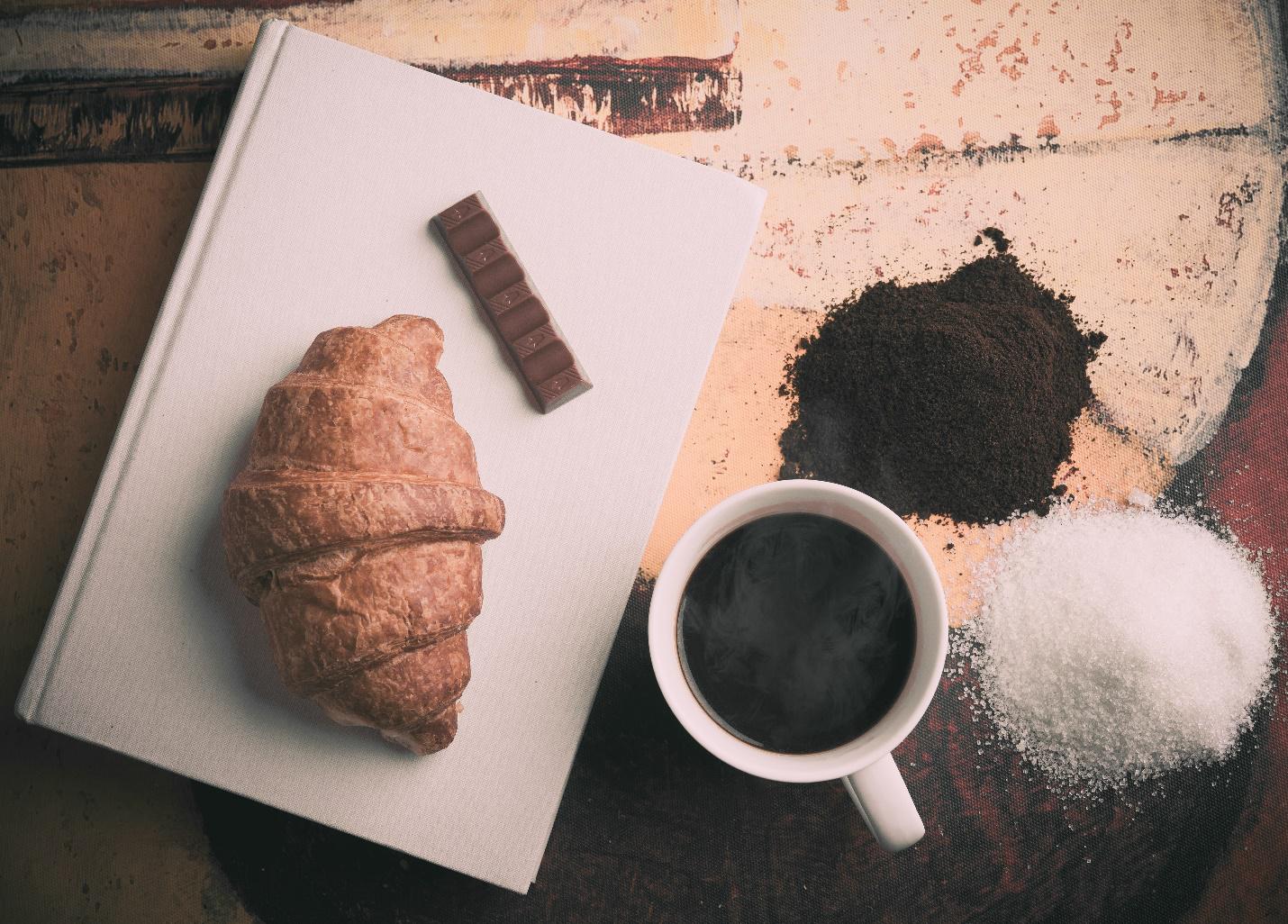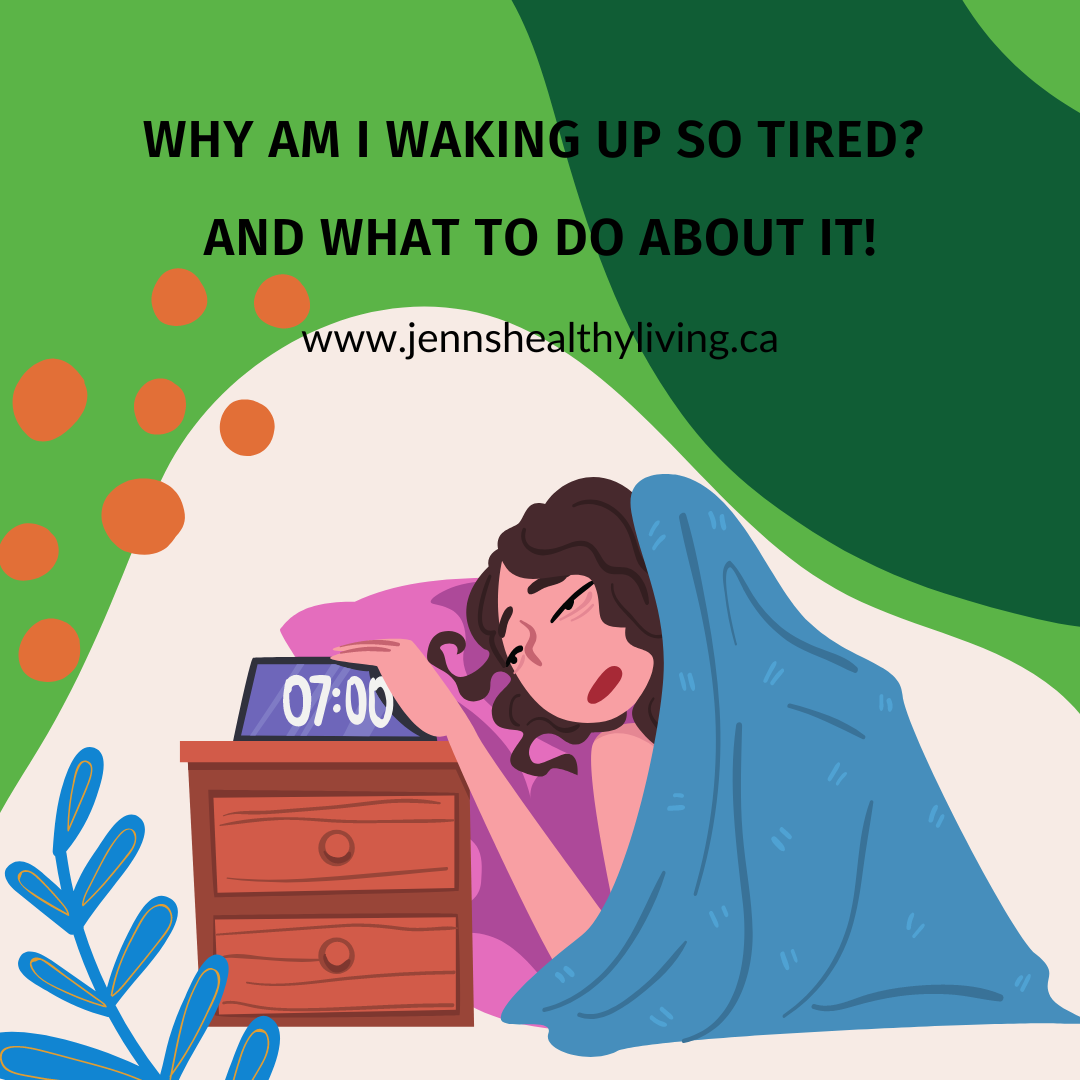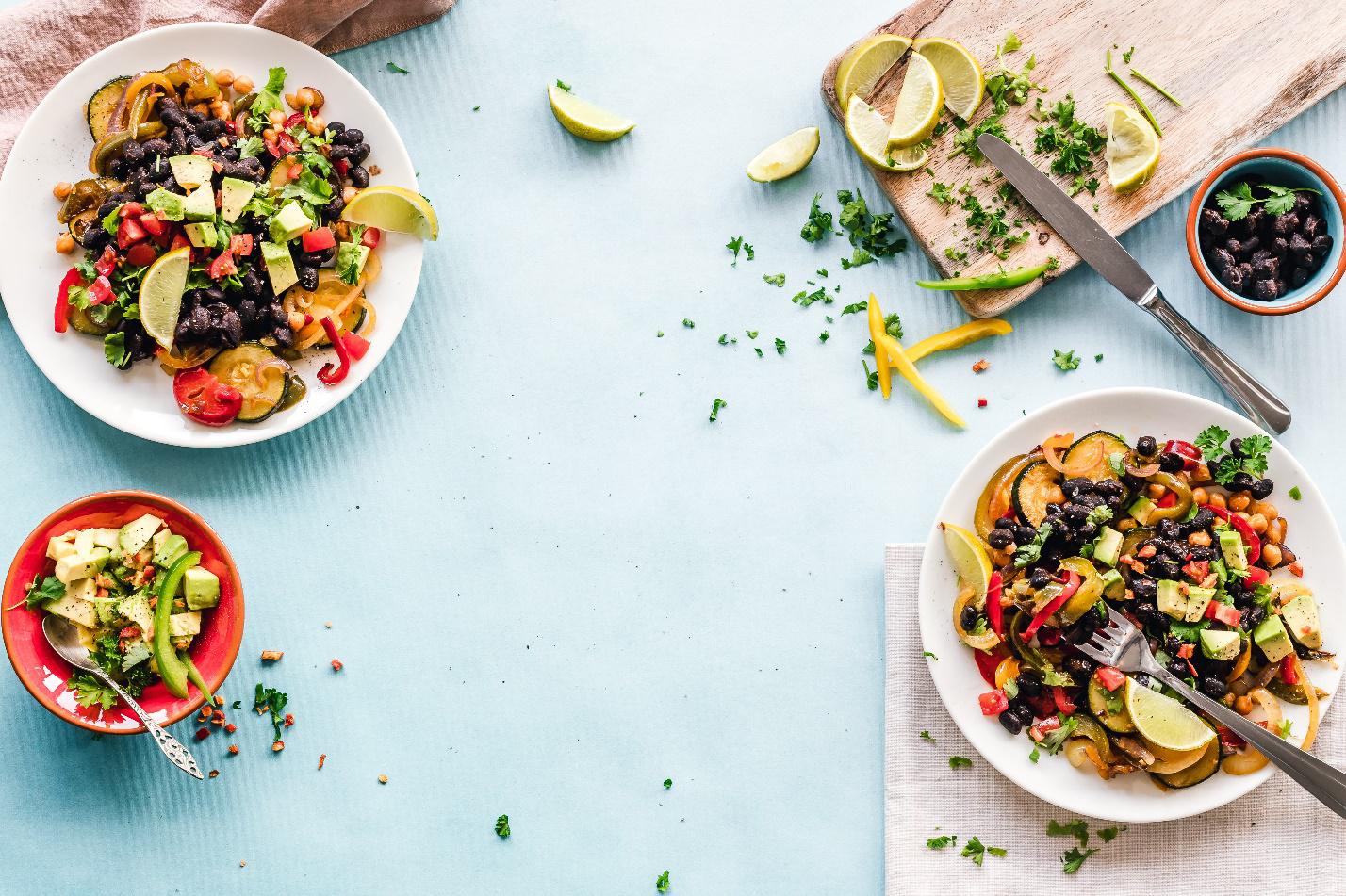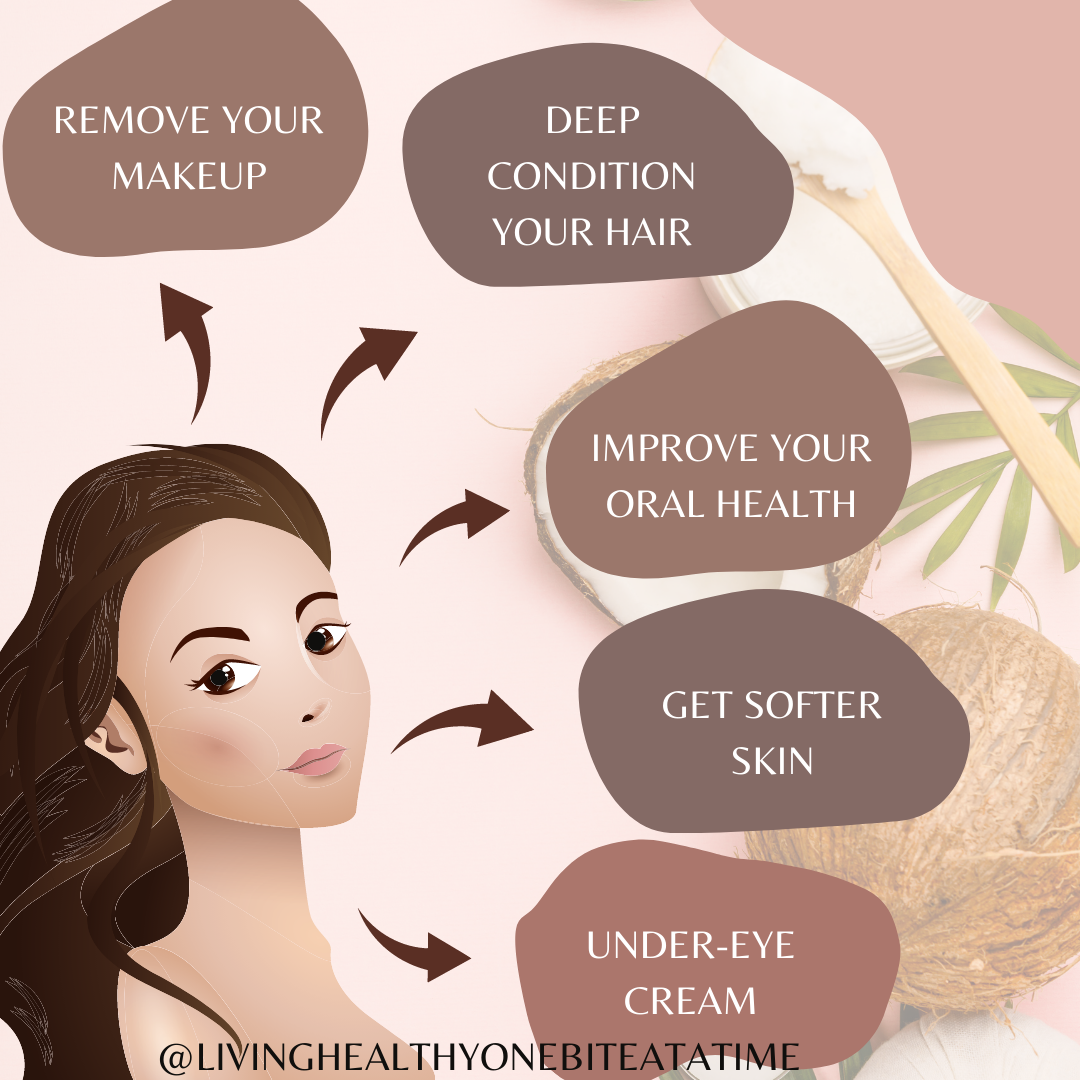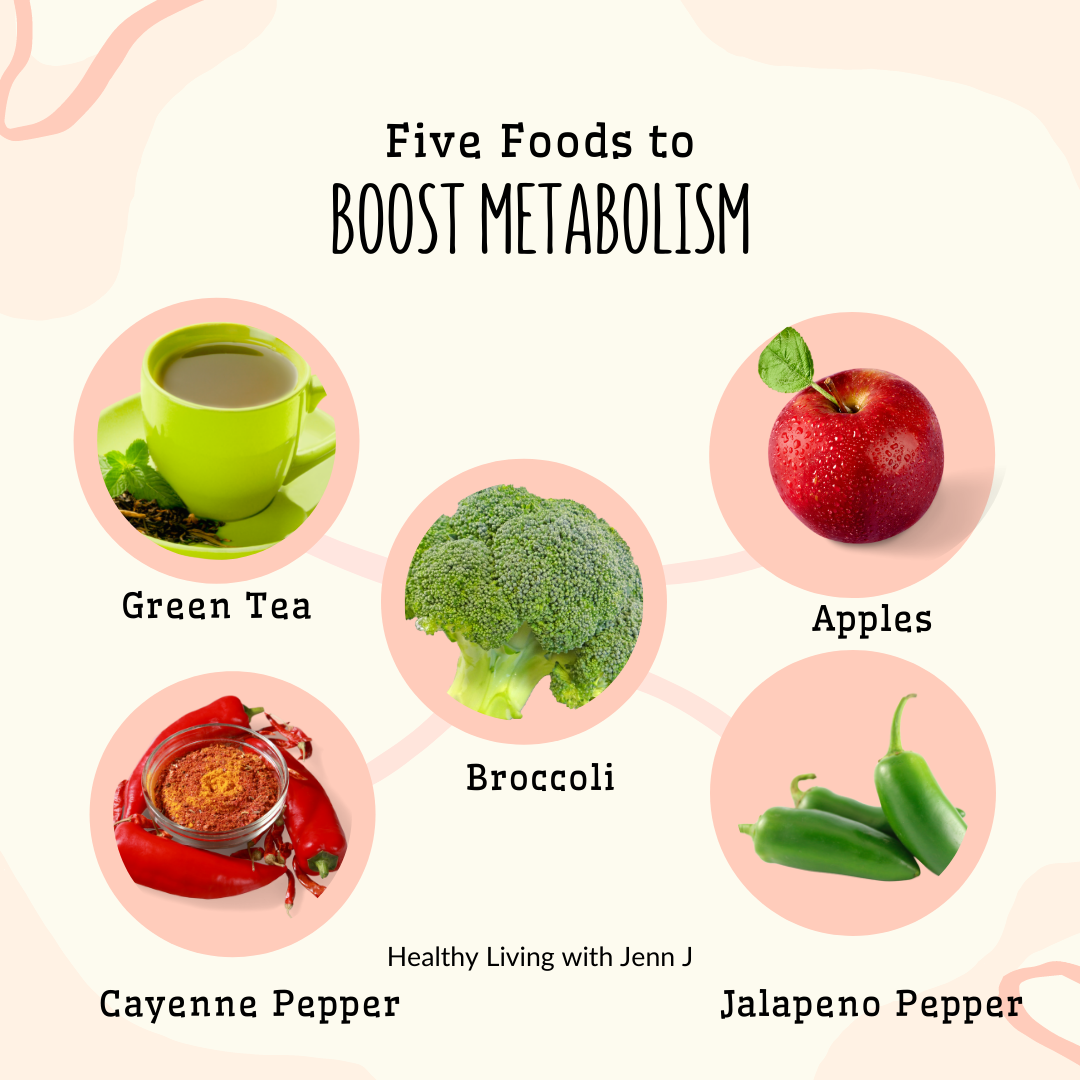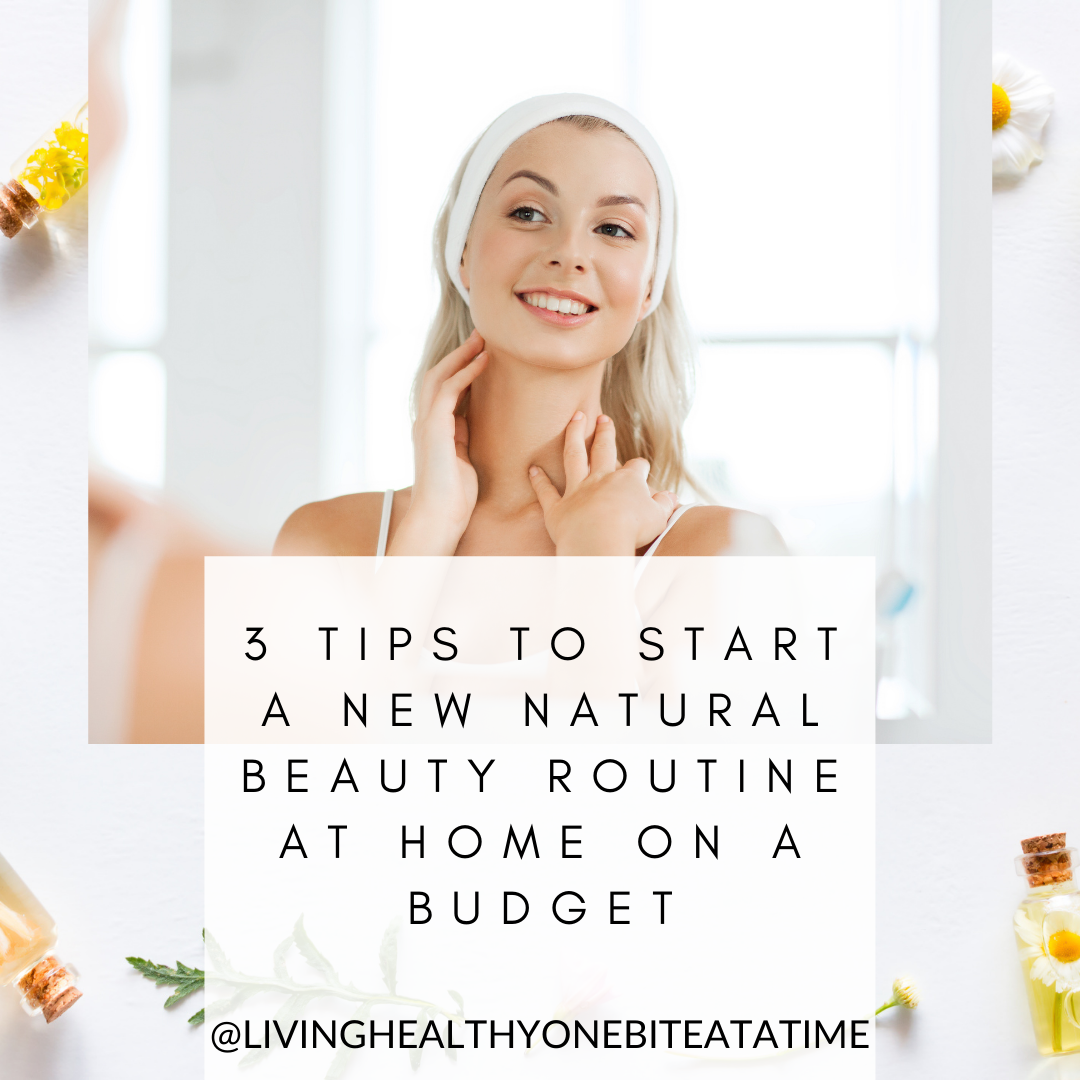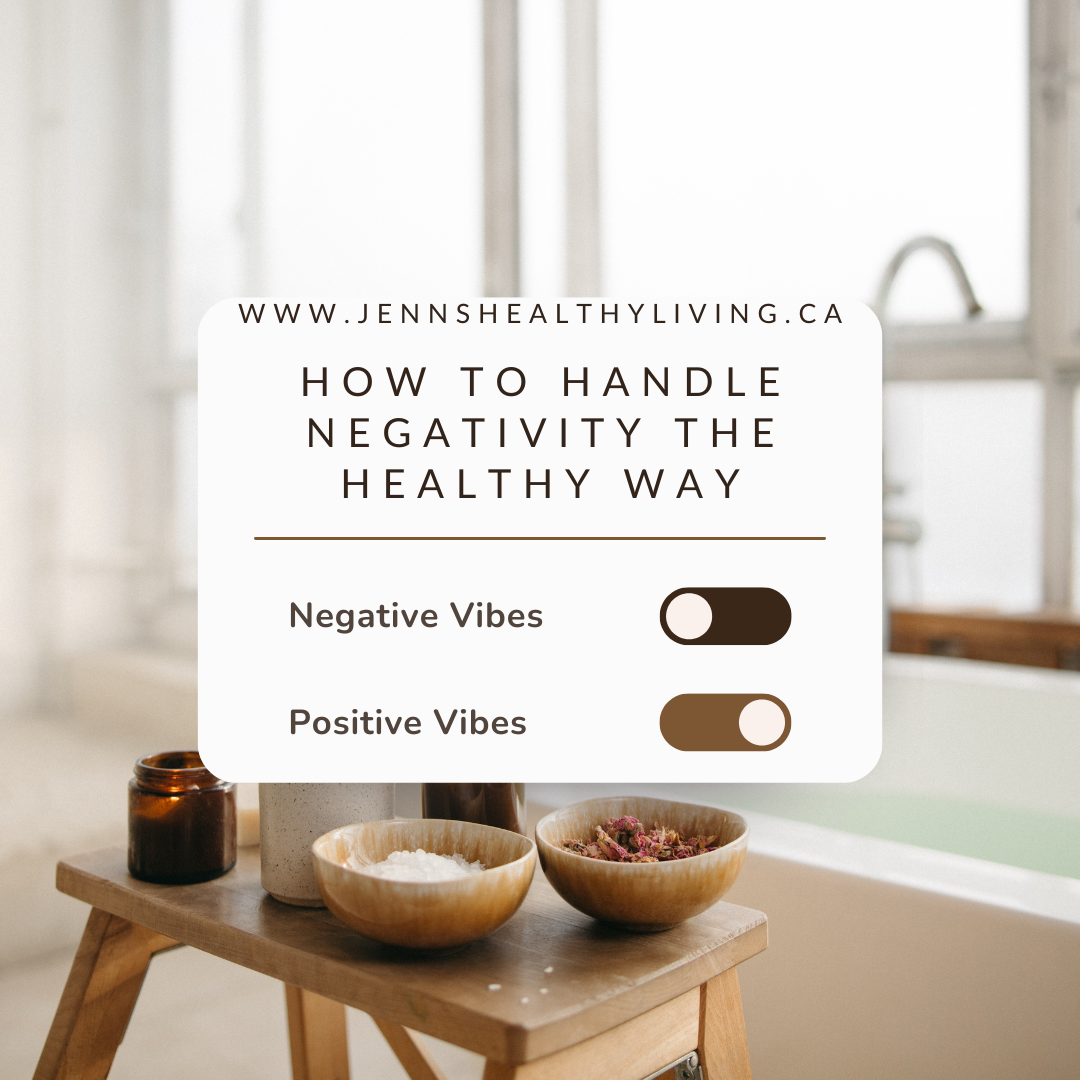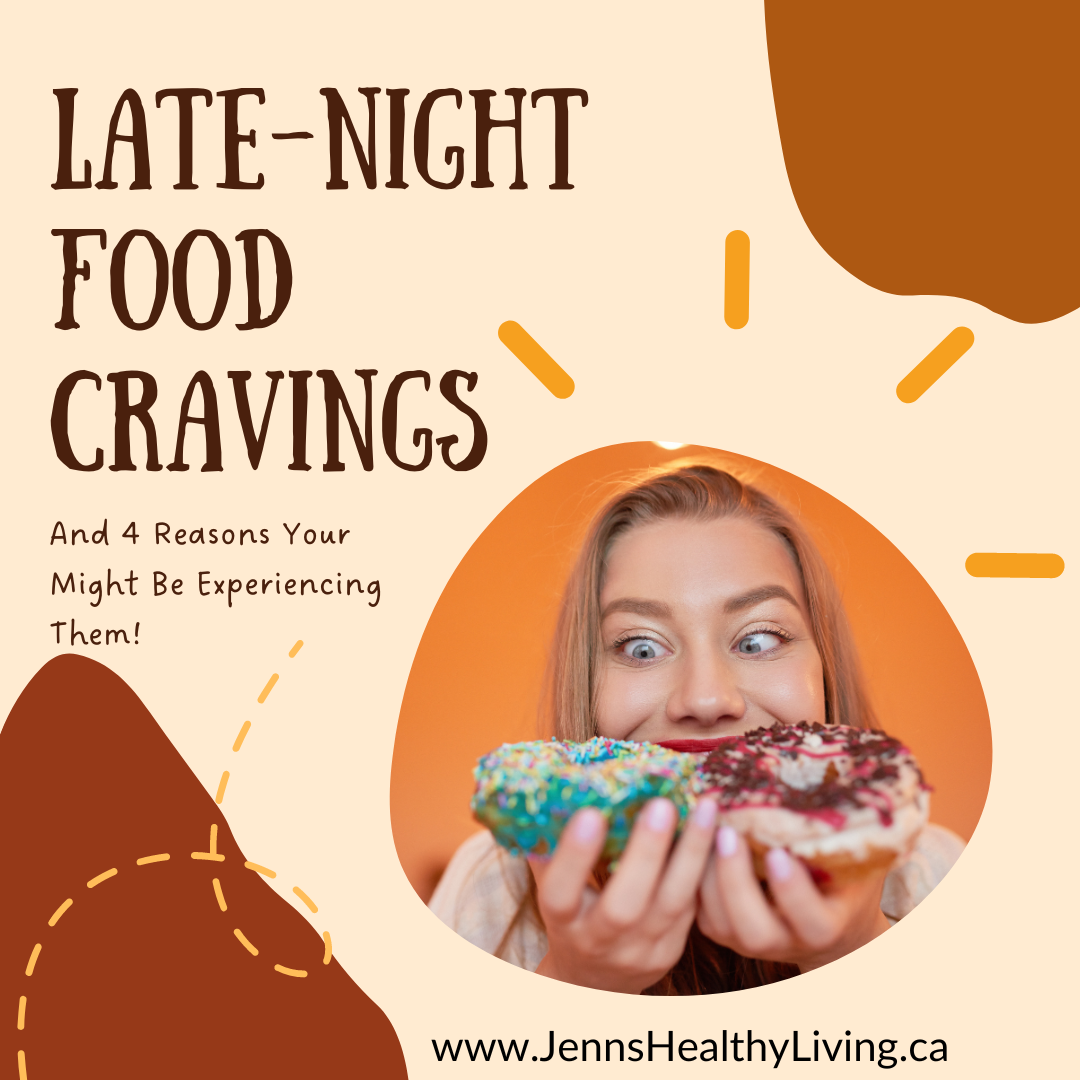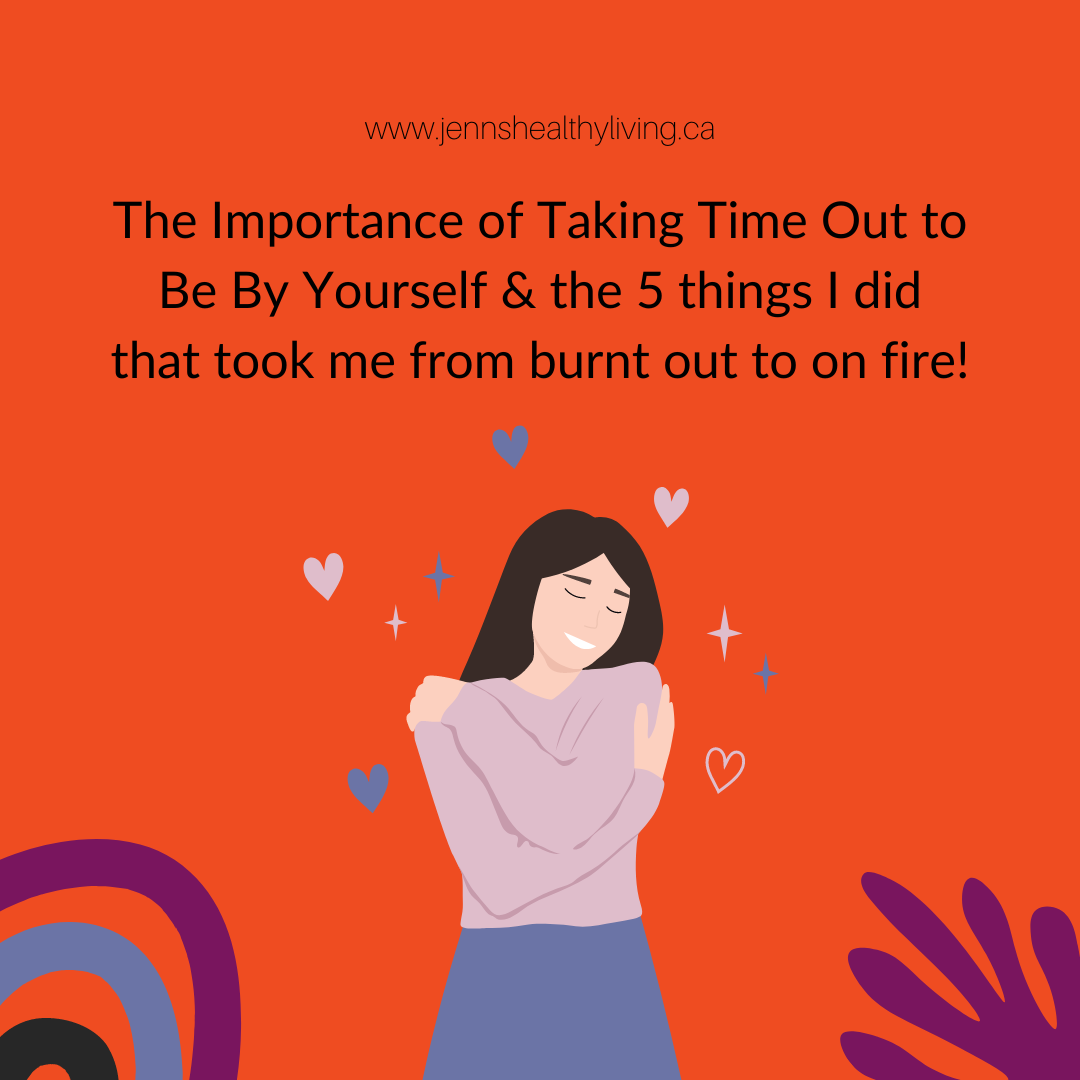How to Eat to Boost Your Energy Levels In the Week Before Your Period
Do you find that at certain times of the month you’re more sluggish than others? Or maybe, like thousands of other women, you find that your energy levels really drop off in the week before your period? Don’t worry, you’re not alone!
Hi! My name is Jenn J - I’m a women’s hormone health coach and family nutritionist. My practice is built on empowering women living with uncomfortable and debilitating hormonal symptoms like painful periods, mood swings, PMS, weight issues, and low energy to reclaim their lives and put their period problems to rest while helping the whole family eat healthier!
I am going to be sharing how to eat to boost your energy levels in the week before your period! Click below to watch the video, or keep reading to learn my 3 step-system!
I remember several years ago when I was at the peak of my hormonal struggles, lacking energy was definitely a big part of the issue, especially in the week before my period (along with uncontrollable PMS). I was really tired and really sluggish, at all hours of the day. I felt really disconnected, mentally and physically, from my environment; and I noticed that I just didn’t have the mental energy to think about difficult tasks (let alone complete them). I’d come home from work, totally wiped out, unable to even have the energy to decide what to make for supper!
While there are many reasons your energy levels may be lagging, such as poor sleep quality, thyroid conditions, nutrient deficiencies, and even just dehydration, there are some simple and safe ways to improve your energy levels, both today and in the long-run.
Today, we’re only going to focus on how to eat to boost your energy levels in the week before your period.
So first of all, our energy needs do fluctuate during the 4 weeks of our menstrual cycle, that’s normal.
Fluctuations in estrogens and progesterones affect our glucose metabolism and insulin resistance.
For example, during our follicular phase, where the primarily dominant hormone is estrogen, our metabolism drops off and slows down from our period to ovulation.
Meanwhile, during our luteal phase, where the primarily dominant hormone is progesterone, our metabolism speeds up after ovulation and into the first day of our period (luteal phase)!
As a result, you may find that you have rising energy levels during your follicular and ovulatory phases, and yet not be all that hungry! Meanwhile, after ovulation, you may notice your energy levels begin to drop off and your hunger increases - you may even be experiencing the PMS munchies.
During our luteal phase, studies have shown that our caloric needs increase by as much as 400 calories a day, while our metabolic expenditure (or caloric burn) also increases, but only by about 150-300 calories a day. This means that we’re more likely to put on a little bit of weight, feel hungry, have food cravings, and have lower energy levels.
While this is a detailed topic that I teach with my clients, we’re going to cover the basics today in 3 steps.
Step #1: Fruits & Veggies
Eat low-glycemic fruits and vegetables that will help keep your insulin levels stable, avoid spikes, and subsequently avoid cravings. Fruits and vegetables are loaded with fiber, which will help bind and remove excess estrogens that could contribute to a difficult period. They also are packed full of antioxidants which will help naturally boost progesterone levels, and thus your energy. Foods like squash, leafy greens, carrots, peas, peppers, and even sweet potatoes. Which, coincidentally, I did an entire training session on in my membership program last week about the hormone-balancing benefits of sweet potatoes! If you'd like to learn more, click here!
Step #2: Healthy Fats
Our body prefers fats for fuel during this phase of our cycle because our insulin sensitivity is at its lowest. Being more sensitive to carbs means that we should be more mindful of how much of them we’re eating, and instead increase our healthy fats, which will help us meet those higher caloric needs without overeating. Fats are also helpful in staving off cravings. Try a handful of nuts or seeds, some avocado pudding, fruit and nut butter, or a few more dishes with salmon on the menu.
Step #3: Protein!
Do not underestimate the power of protein during this time. Protein is what’s going to help you feel full throughout your day, avoid cravings, and stabilize your energy levels. Most protein sources are also loaded with minerals and vitamins that our bodies naturally lose during our period, such as zinc and iron, so ensuring that you have a healthy dose of all of them during your luteal phase can help make your period more enjoyable. Zinc is a mineral required by the corpus luteum (undeveloped egg in our uterus) that boosts progesterone levels. So when we have a healthy corpus luteum and are supplying it with a healthy dose of food-first zinc, we can boost all of those feel-good hormones, like progesterone and serotonin. Try proteins like beans, lentils, peas, hemp hearts, quinoa, turkey, salmon, and free-range organic chicken.
When we start to eat in a more hormone-friendly way, then we can really start to see improvement in so many areas of our lives, but specifically, start to experience relief from so many of those annoying (and sometimes damaging) symptoms related to our periods!
So follow these three steps this month and see how it goes! I can’t wait to hear your results!
If you found this helpful, be sure to sign up for my weekly newsletter so you can catch more of these helpful period-managing and hormone-balancing tips!
